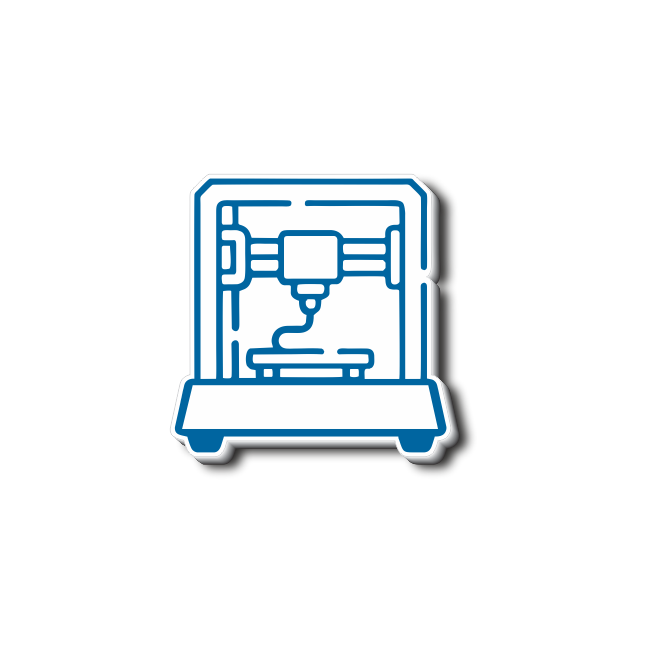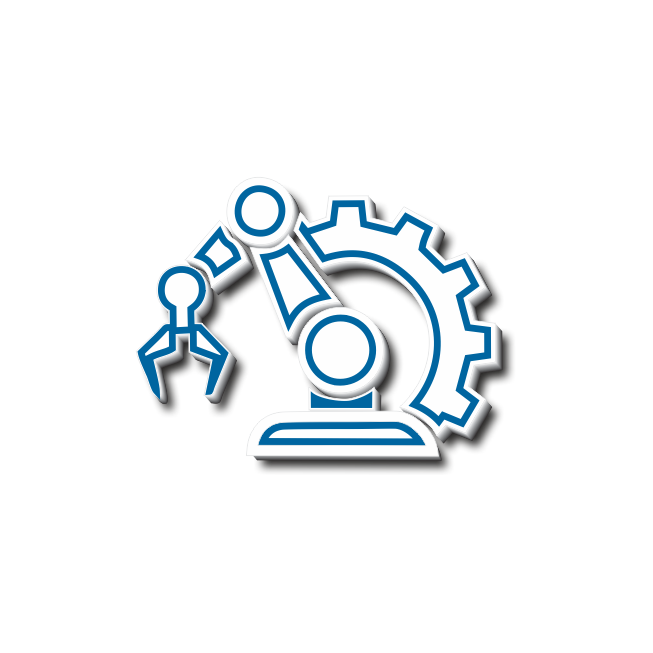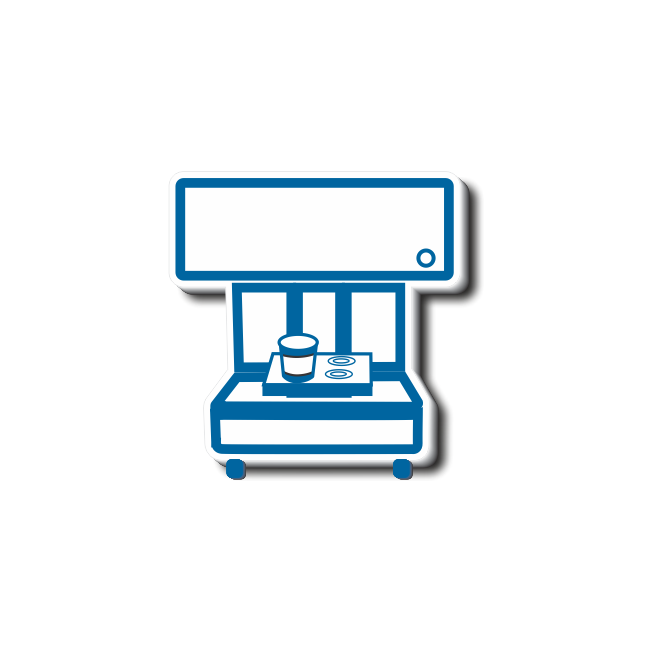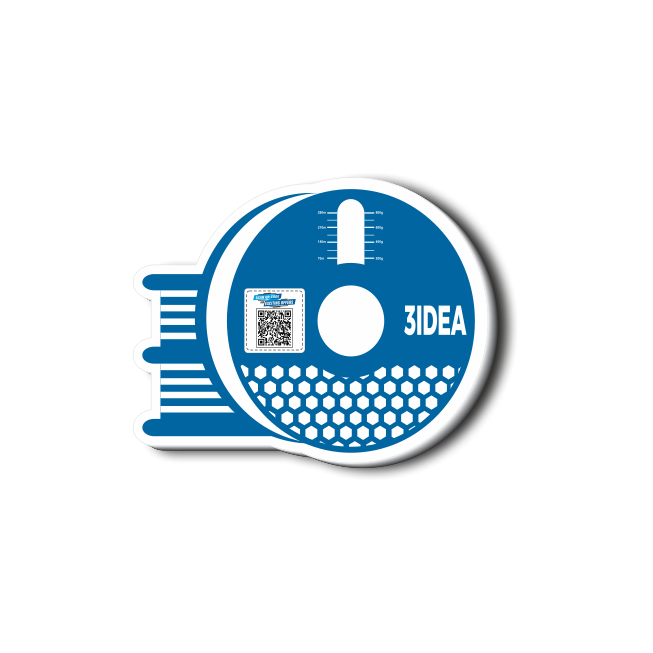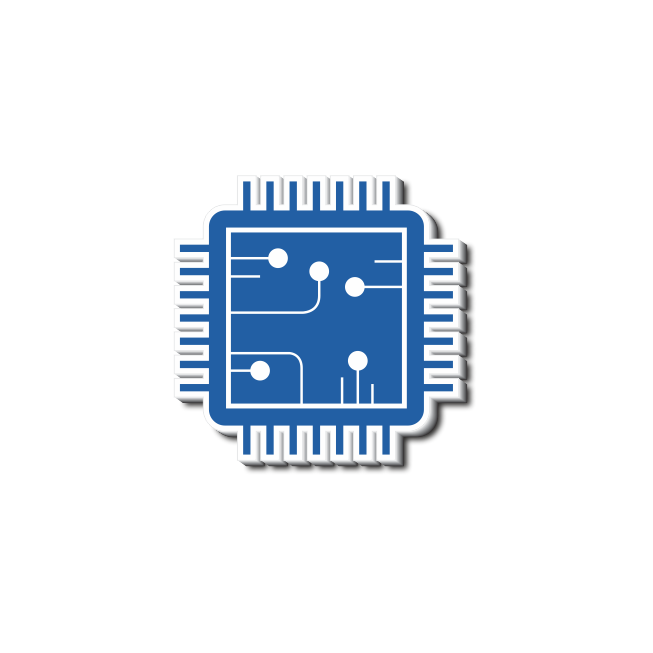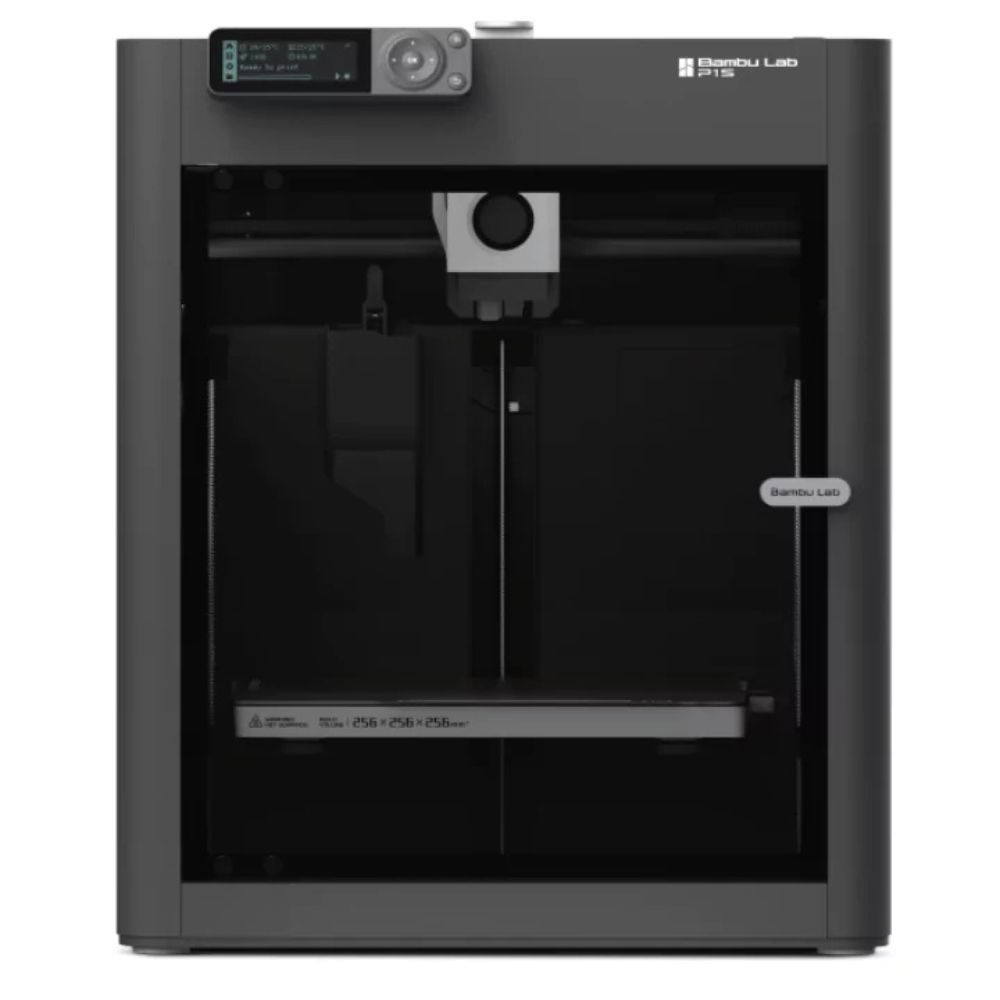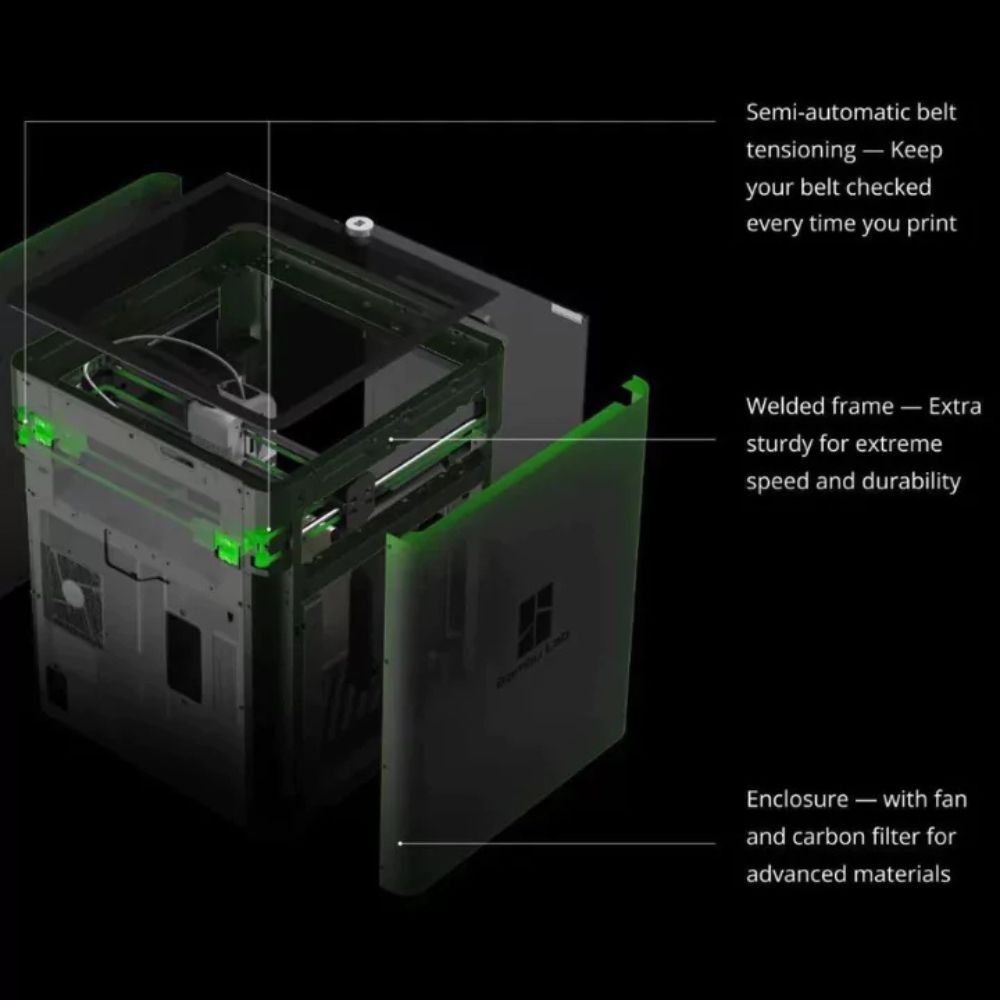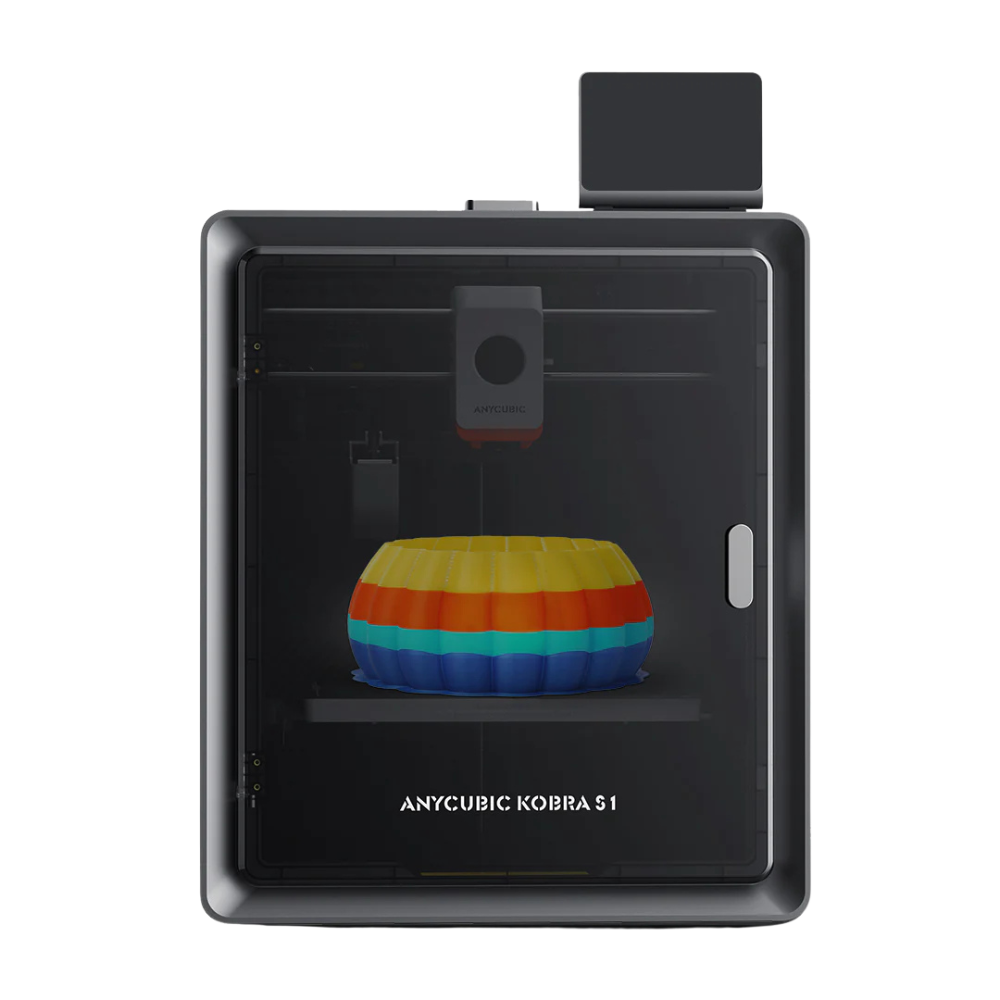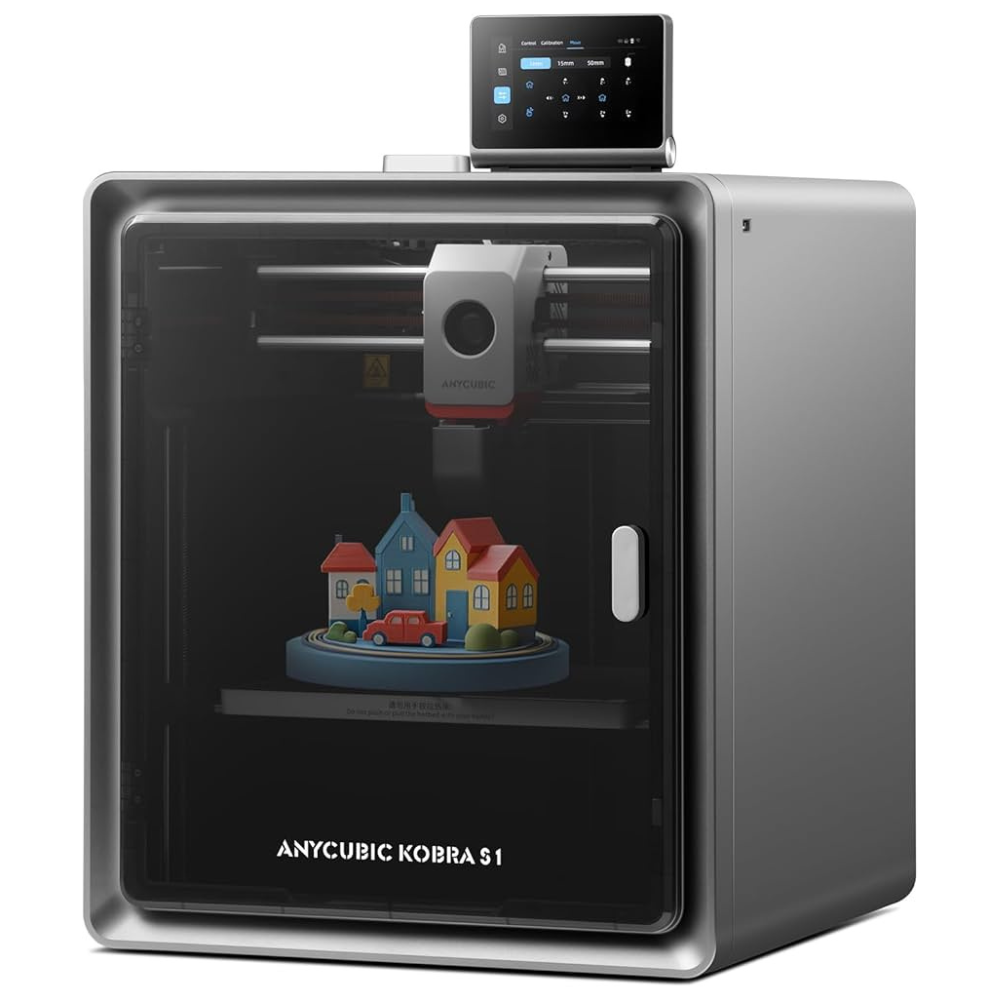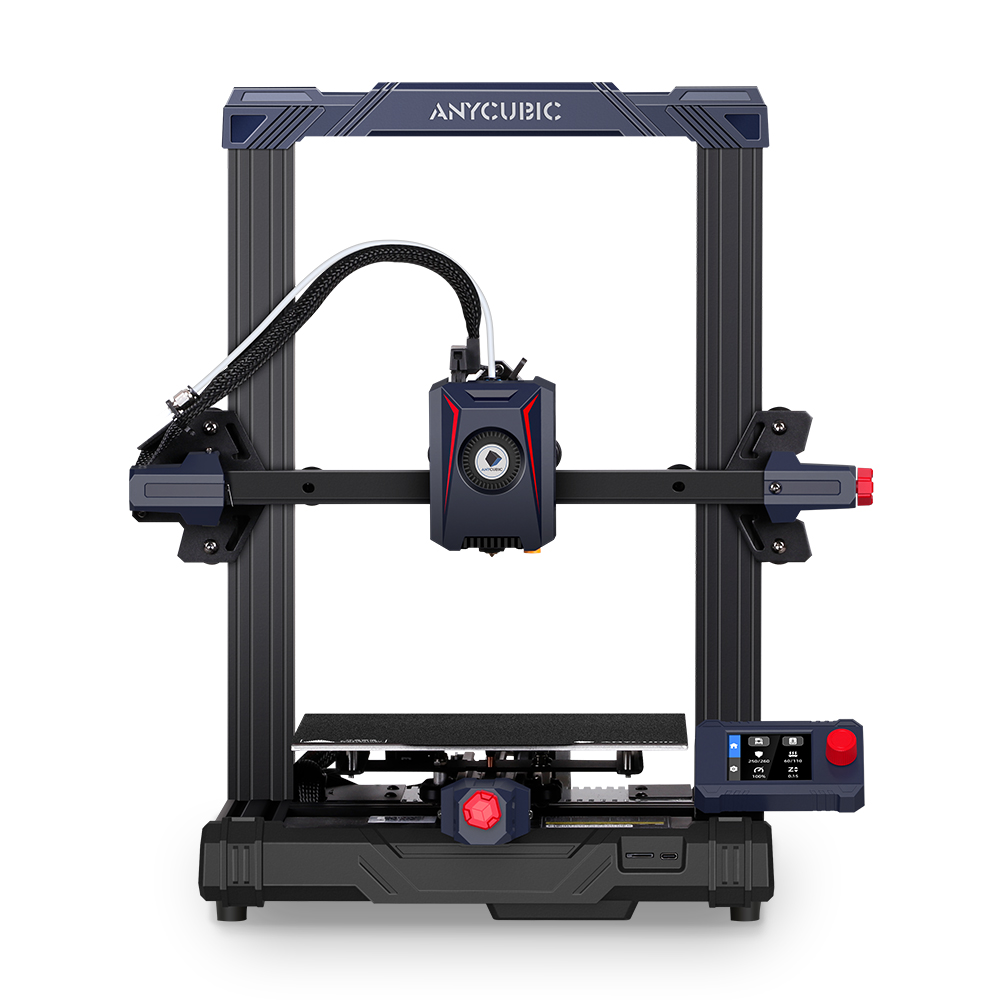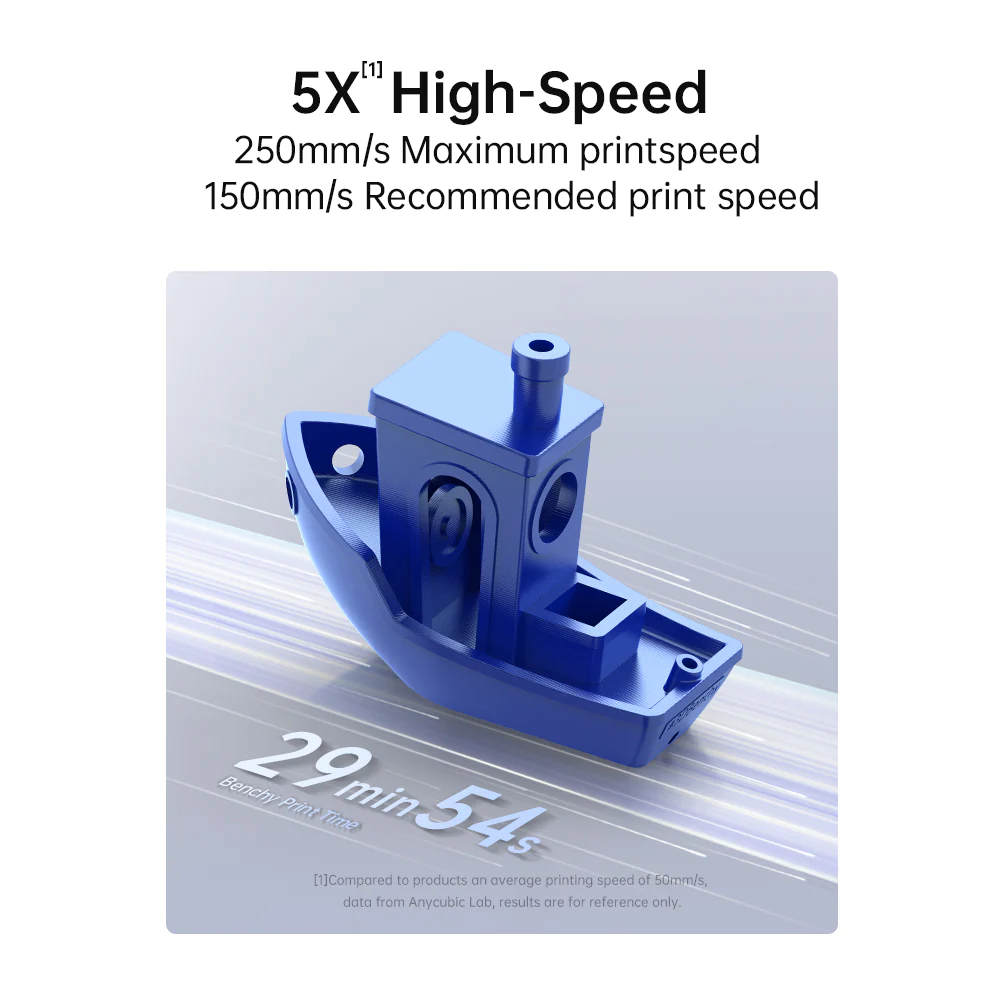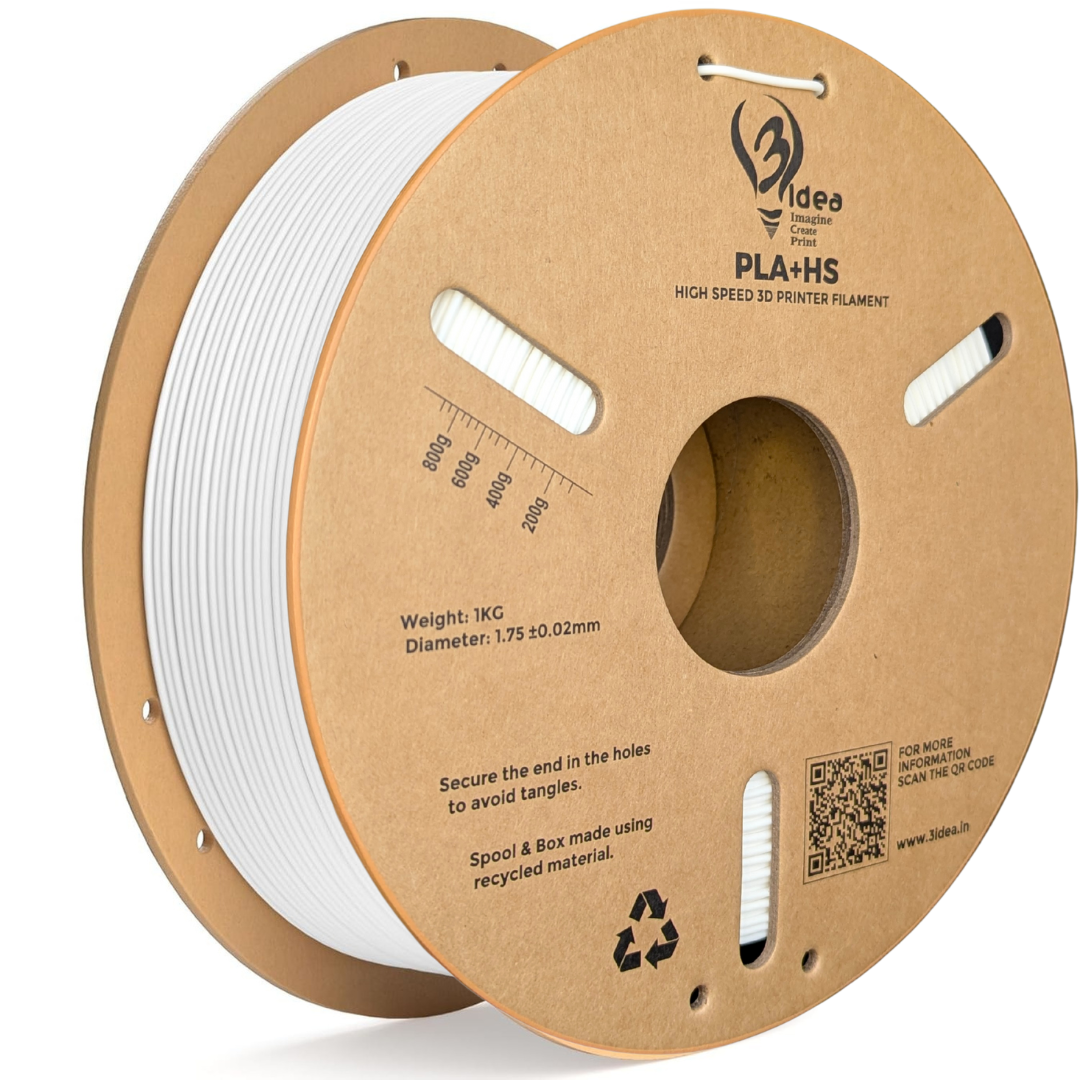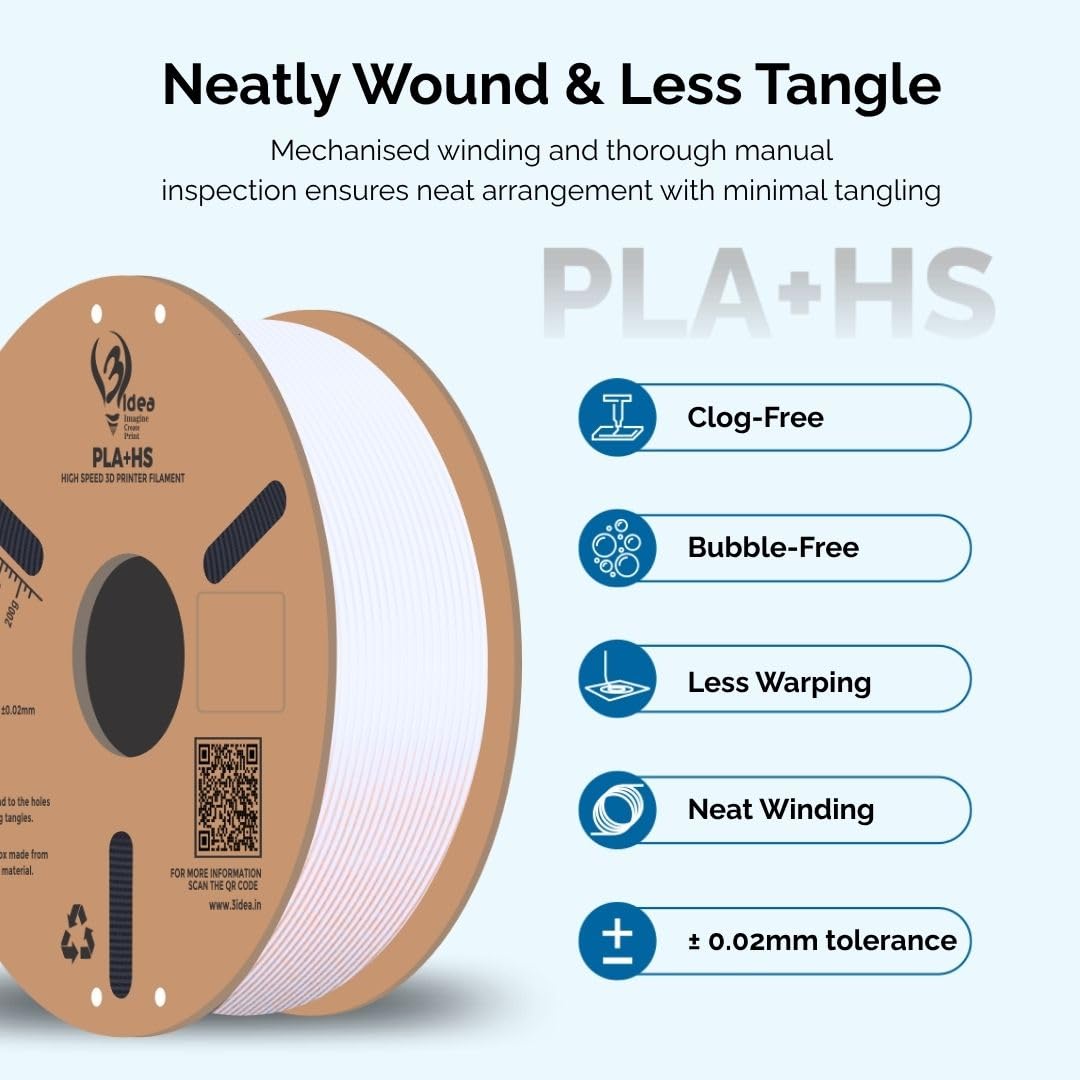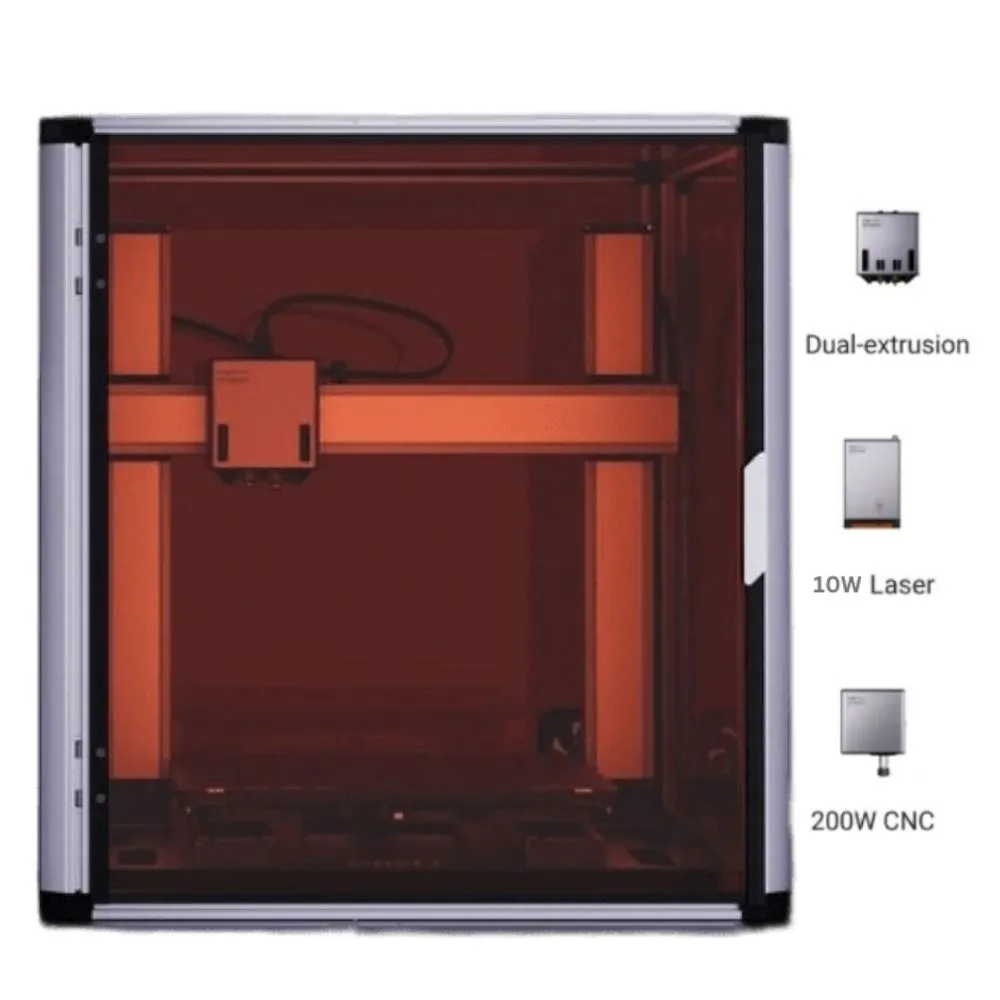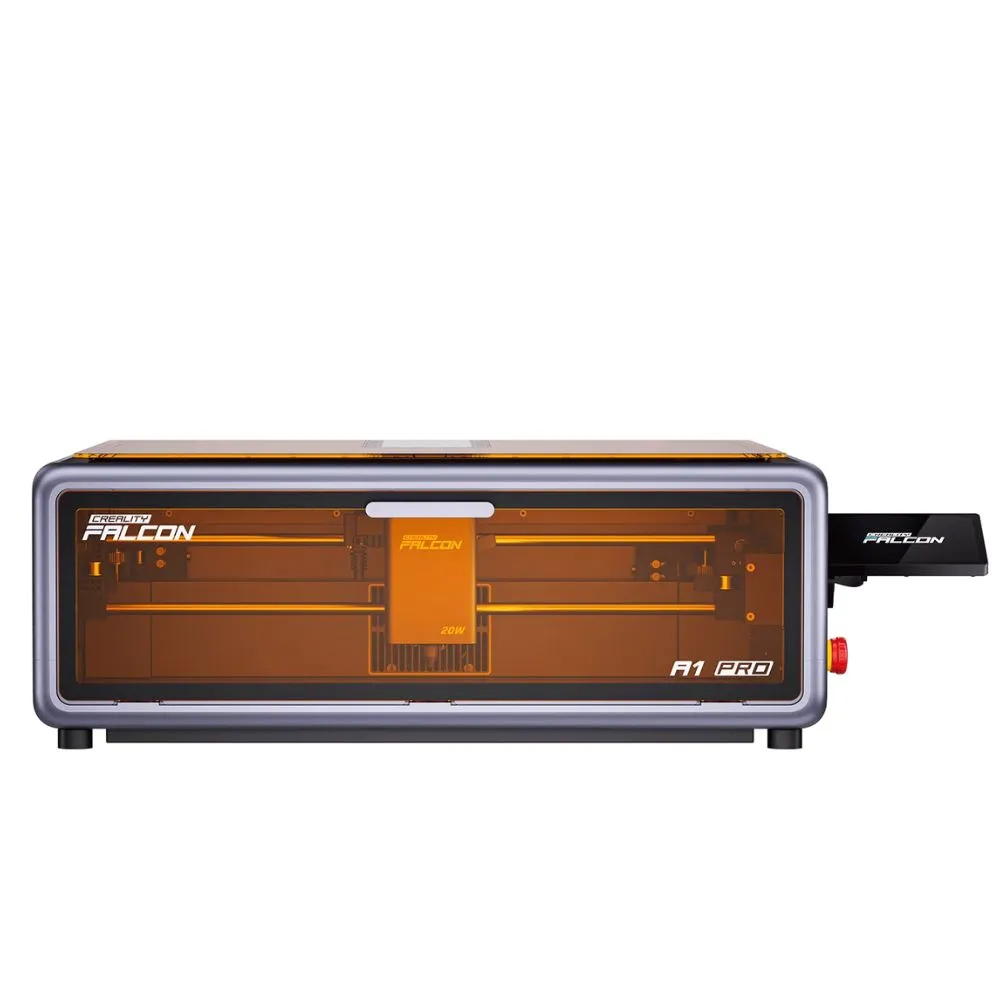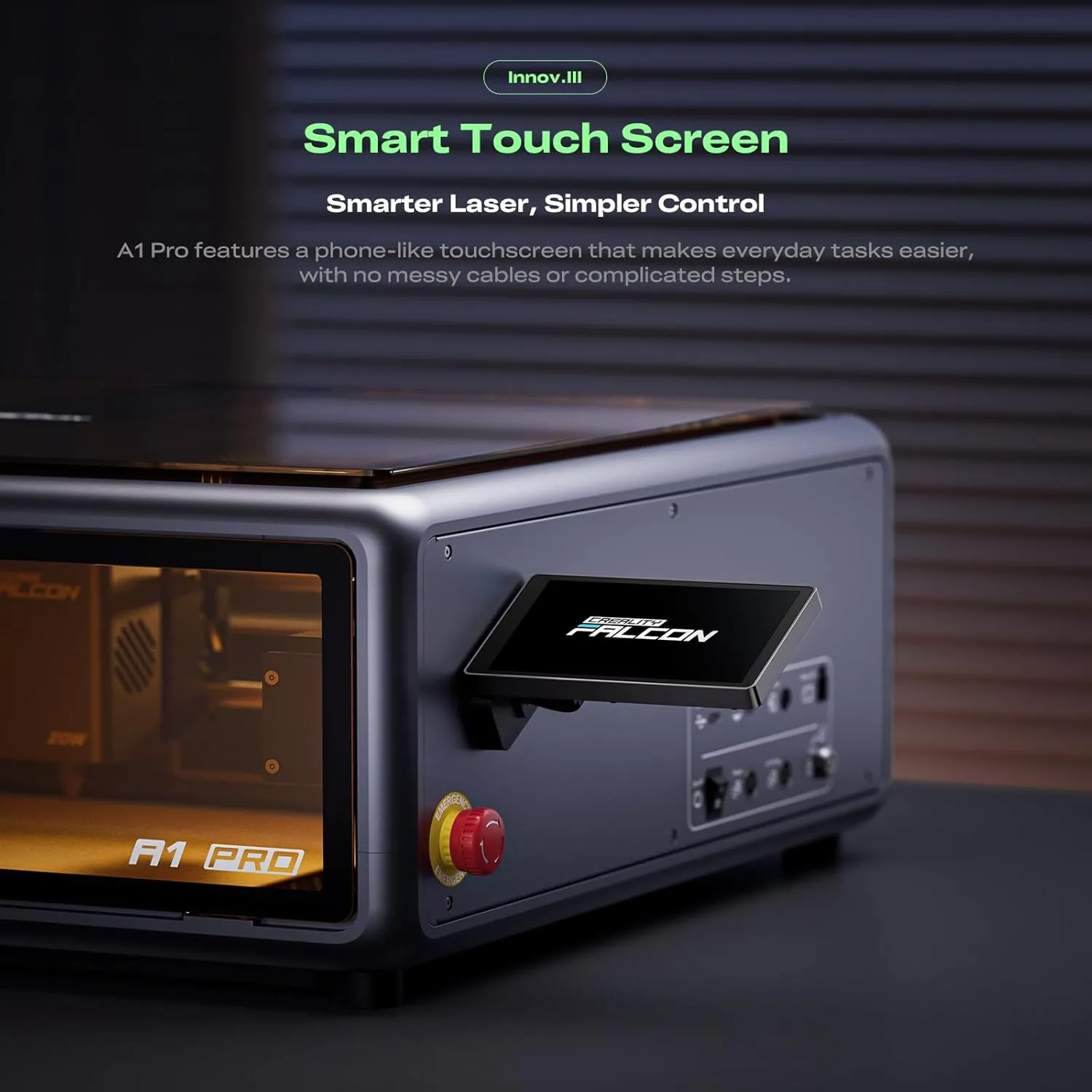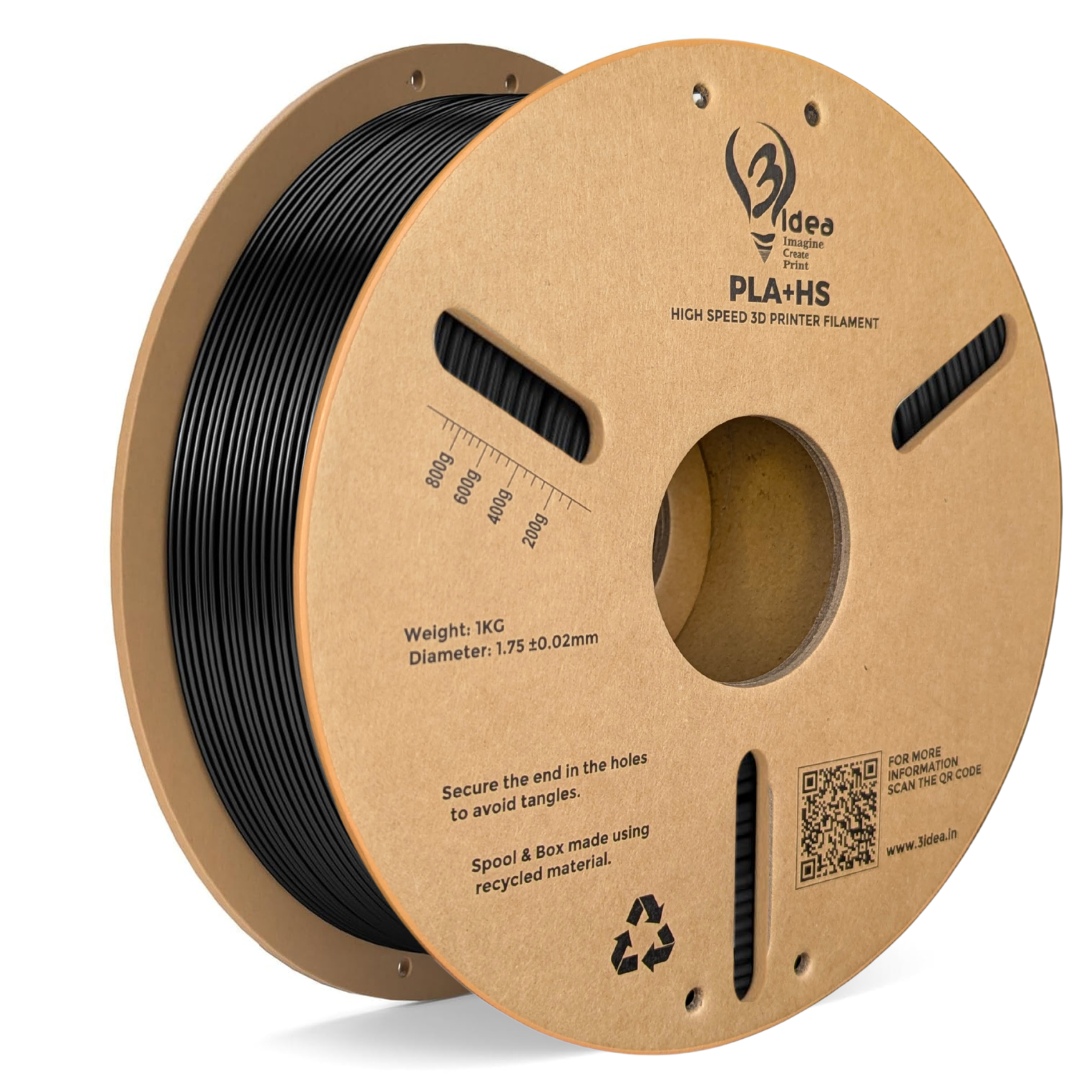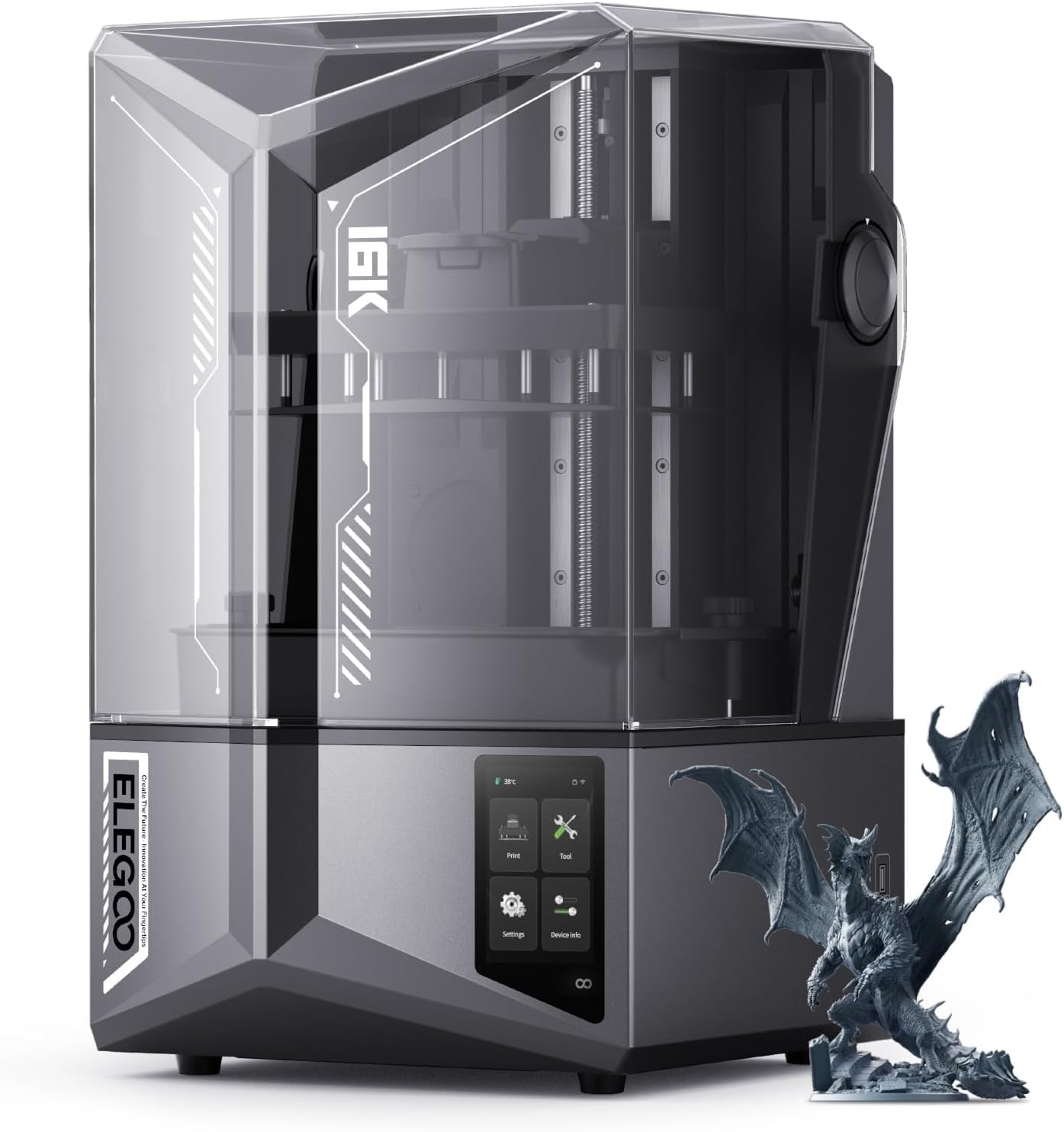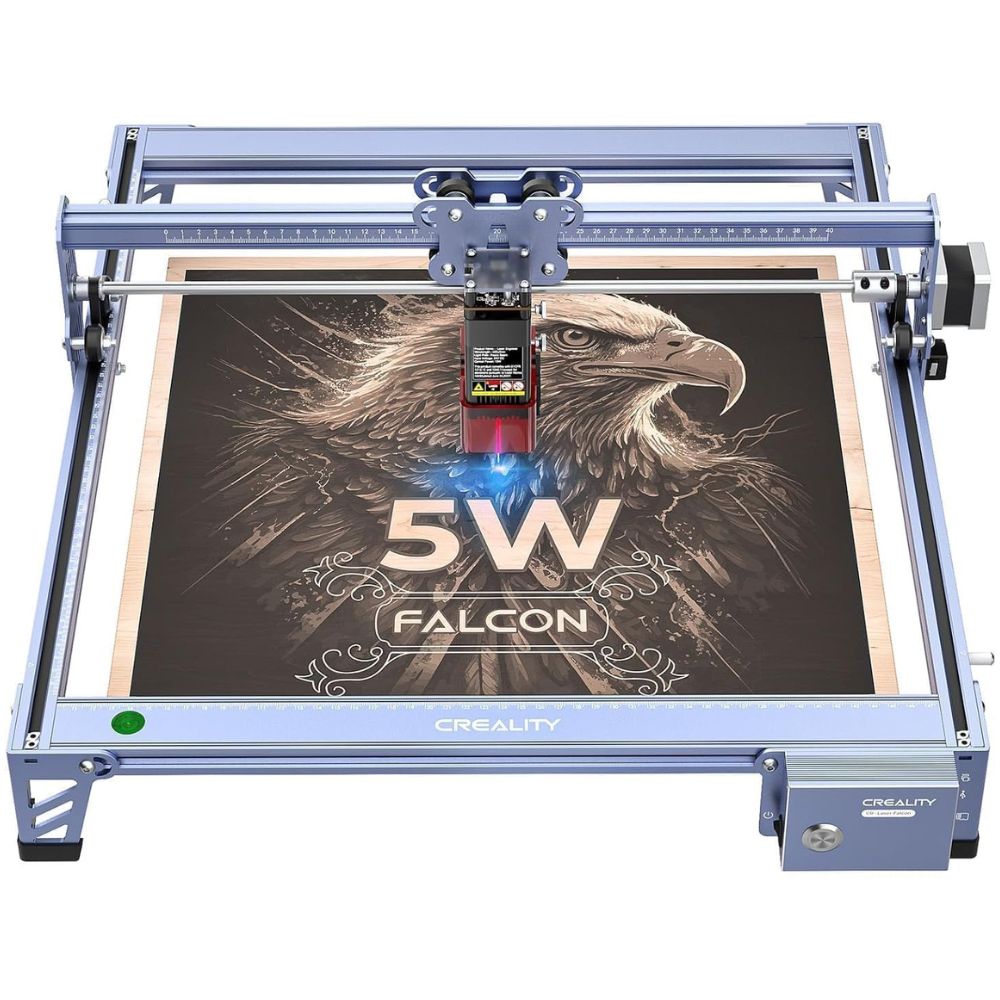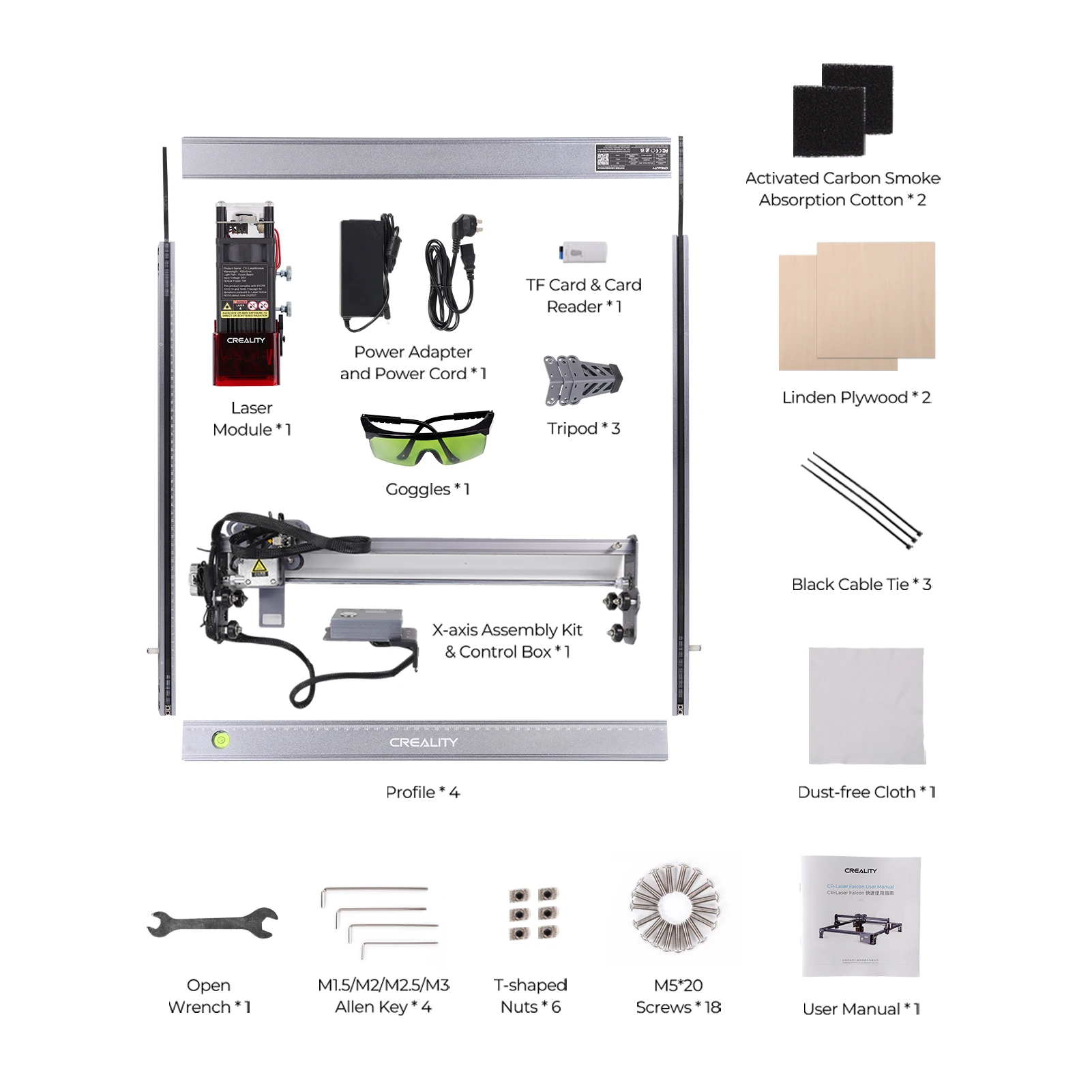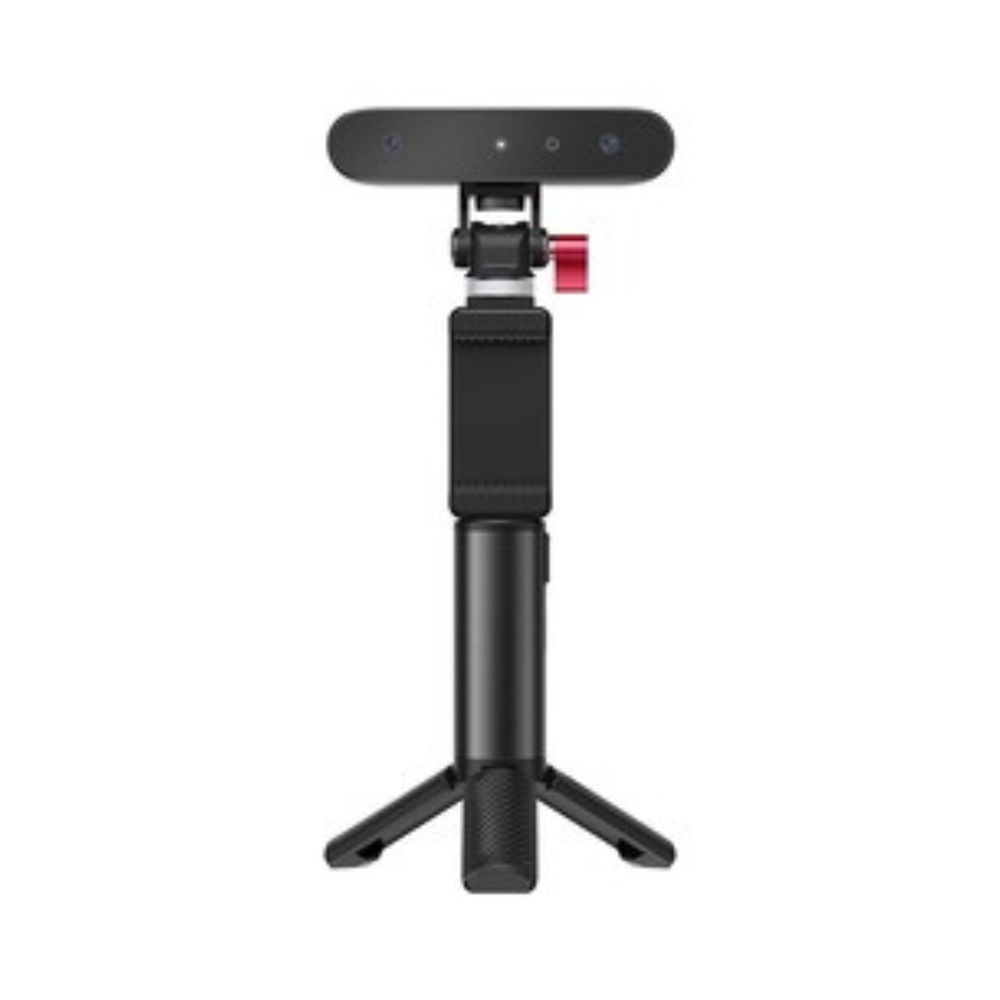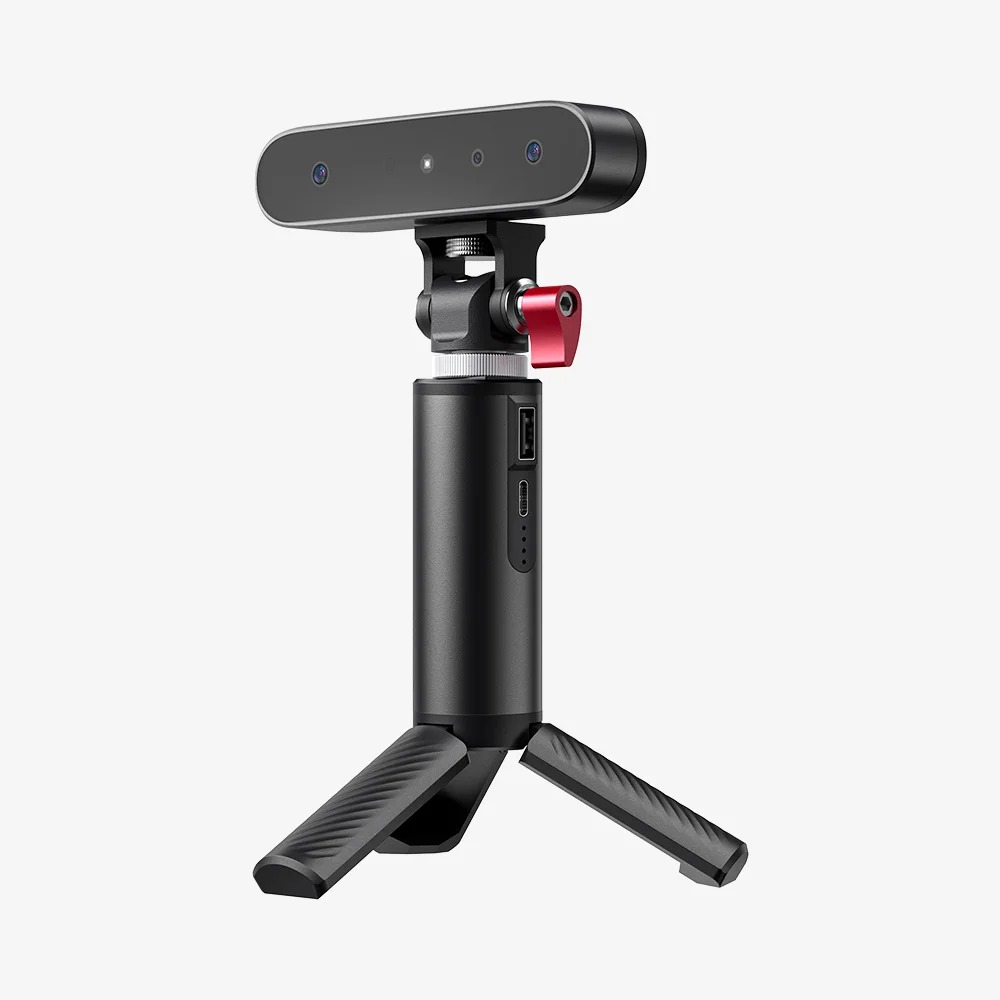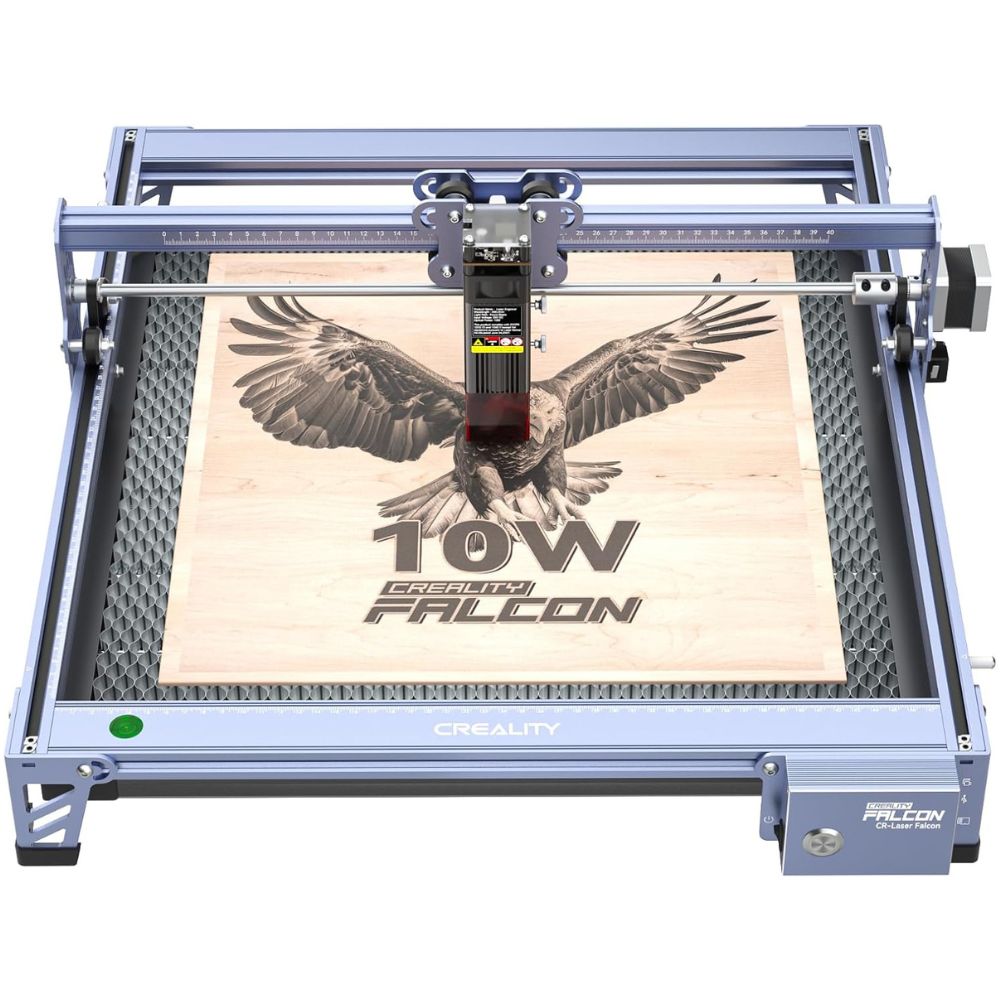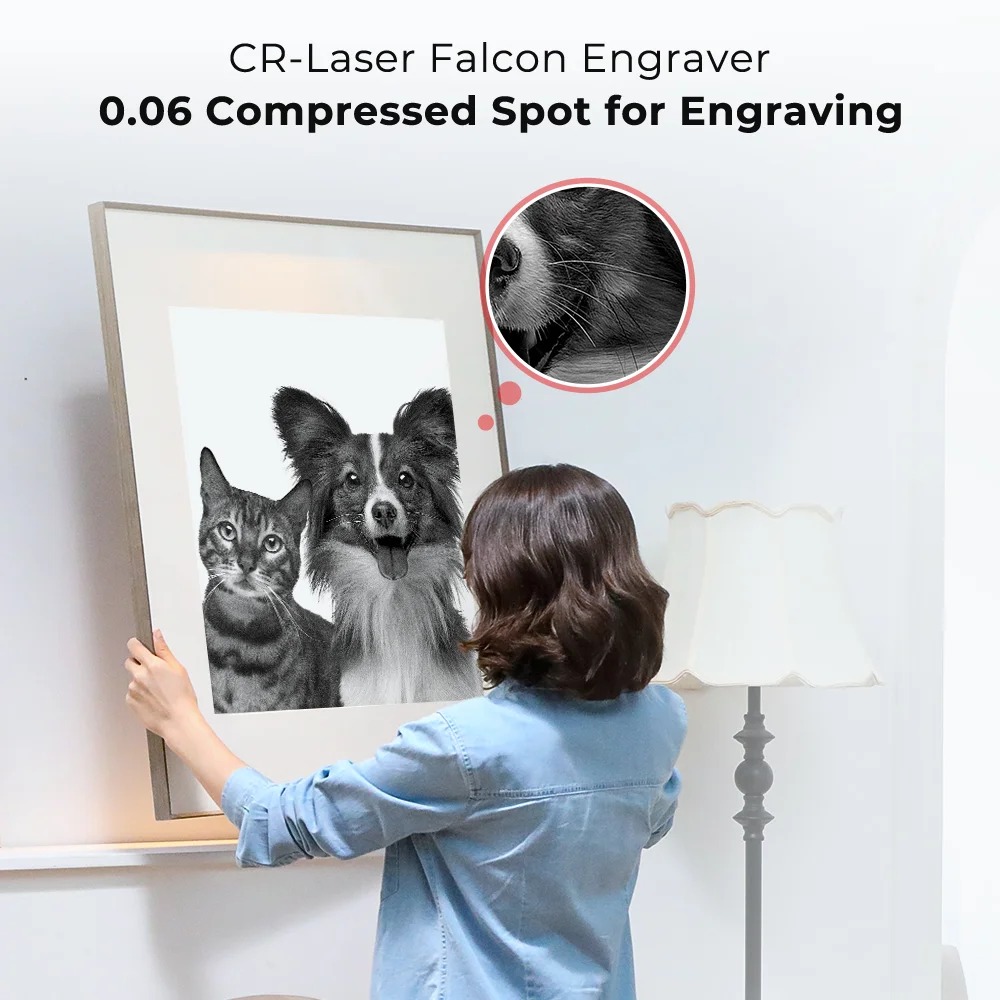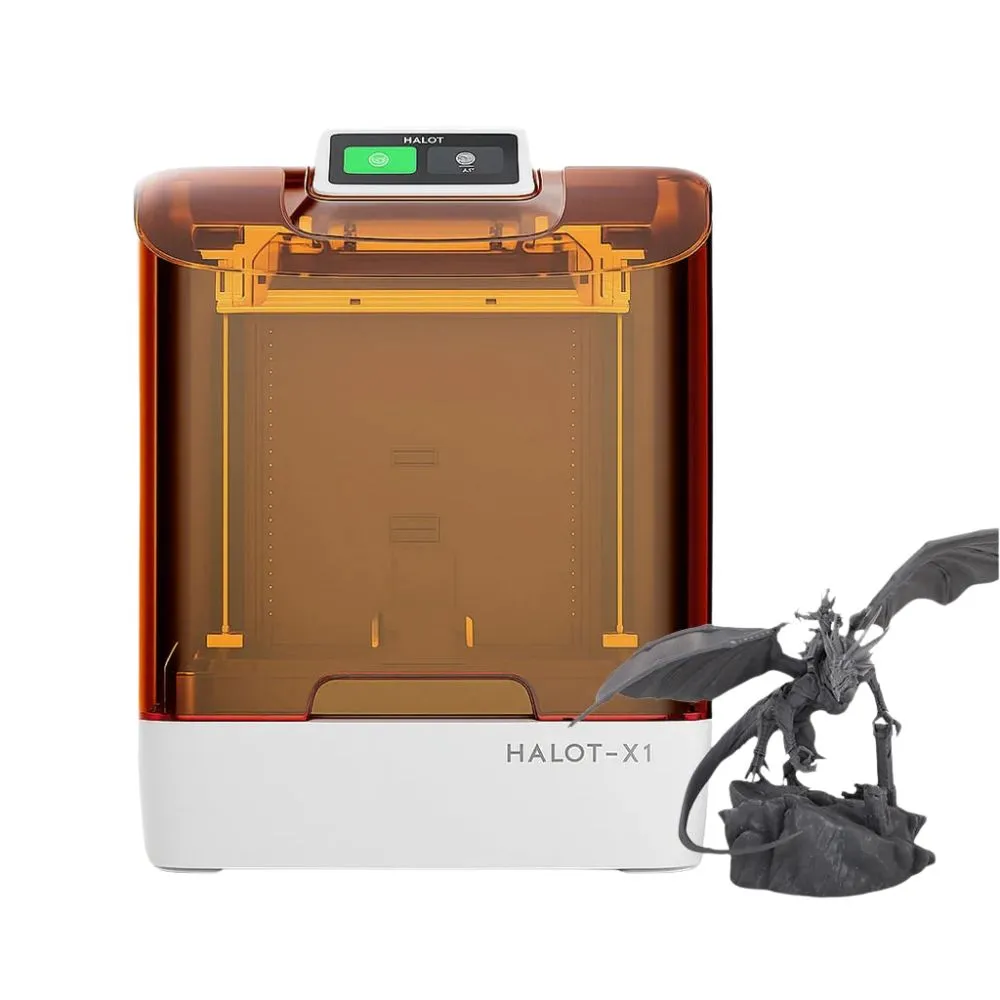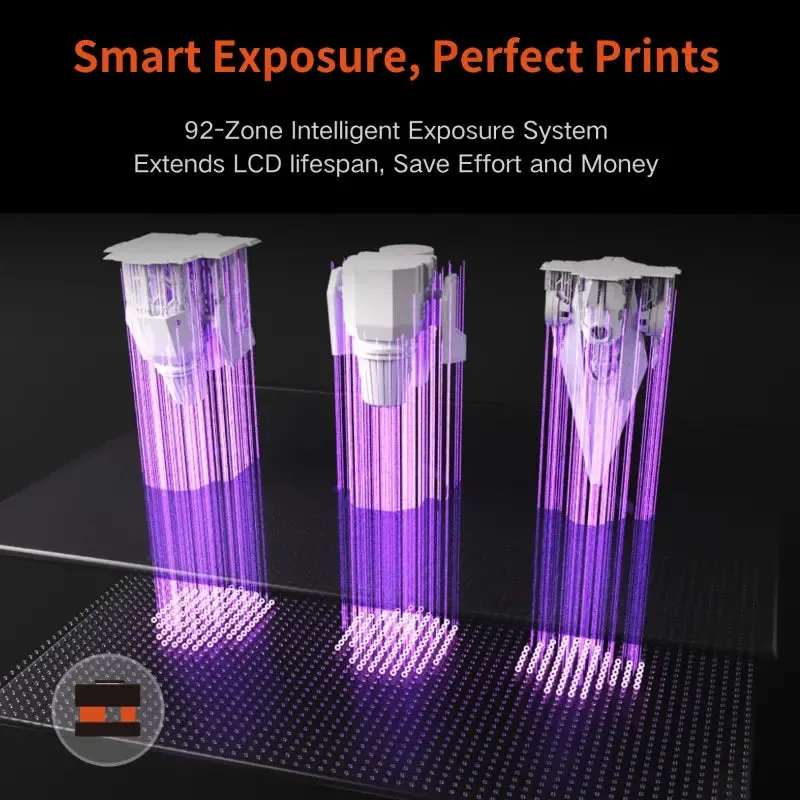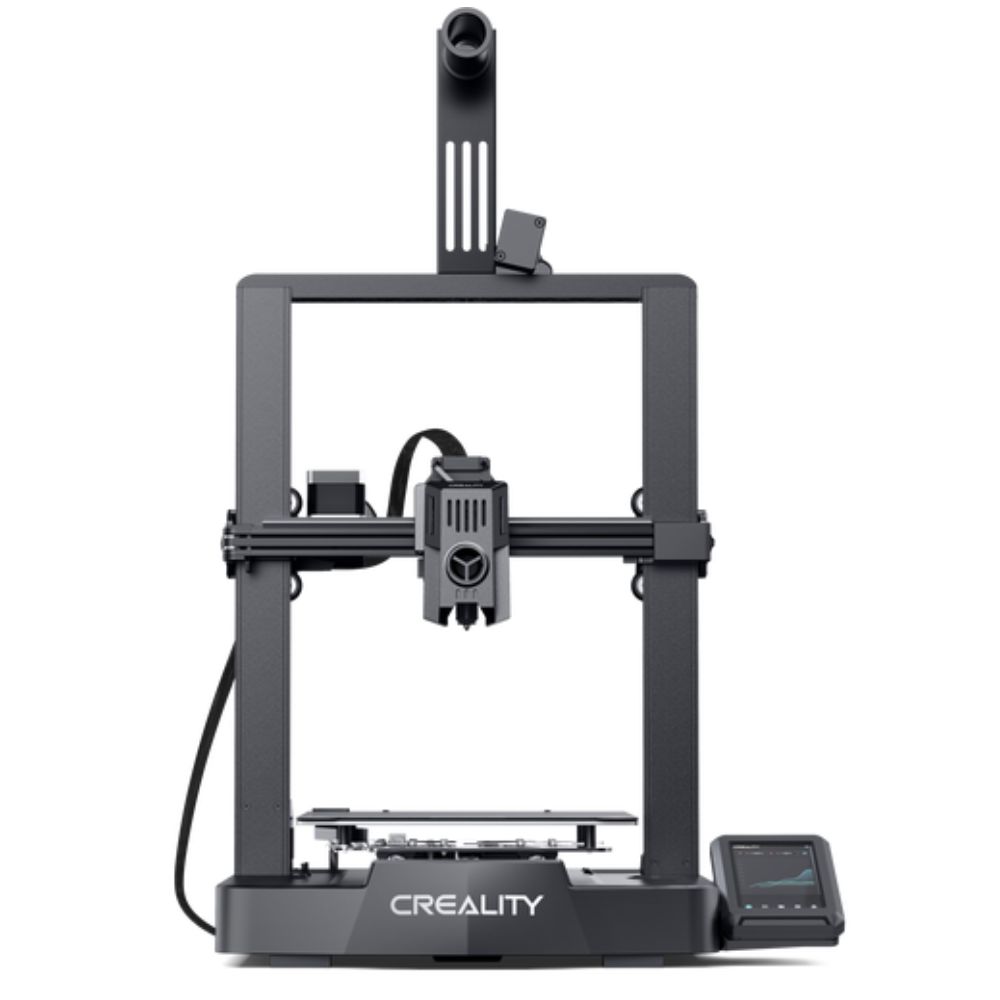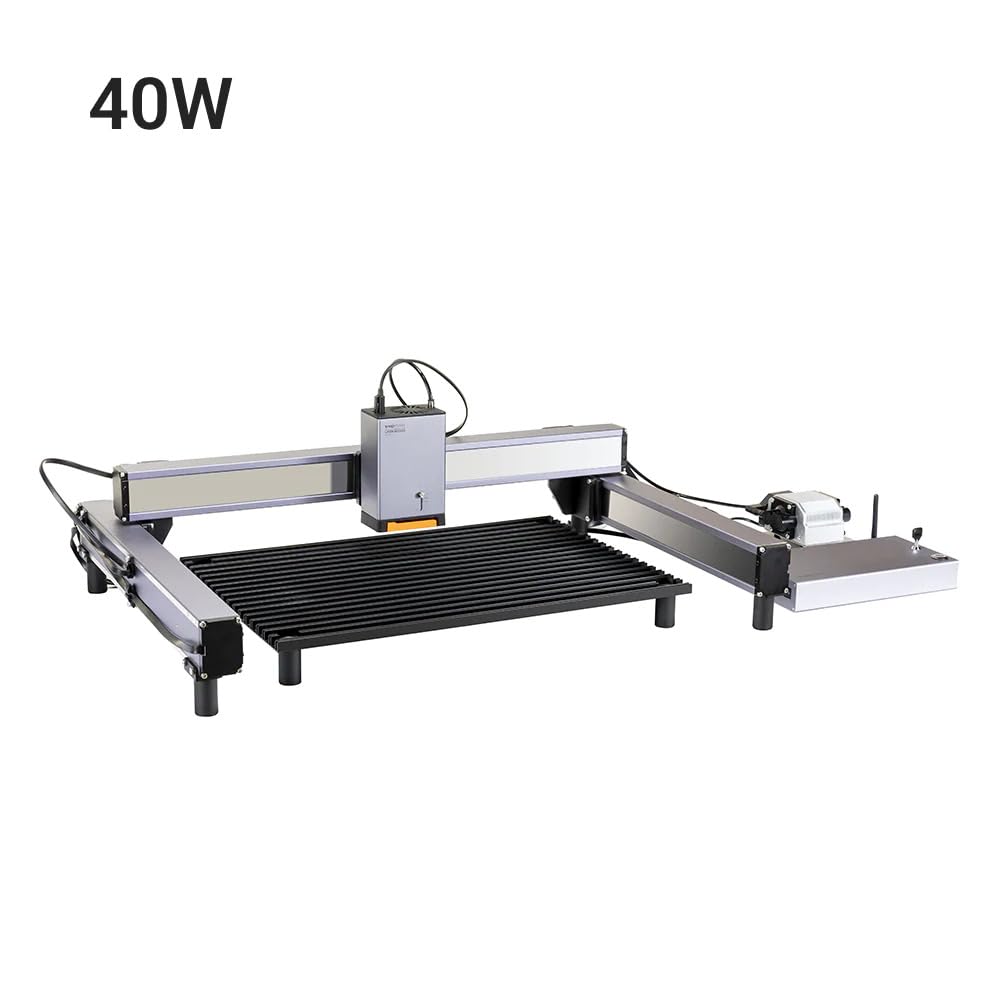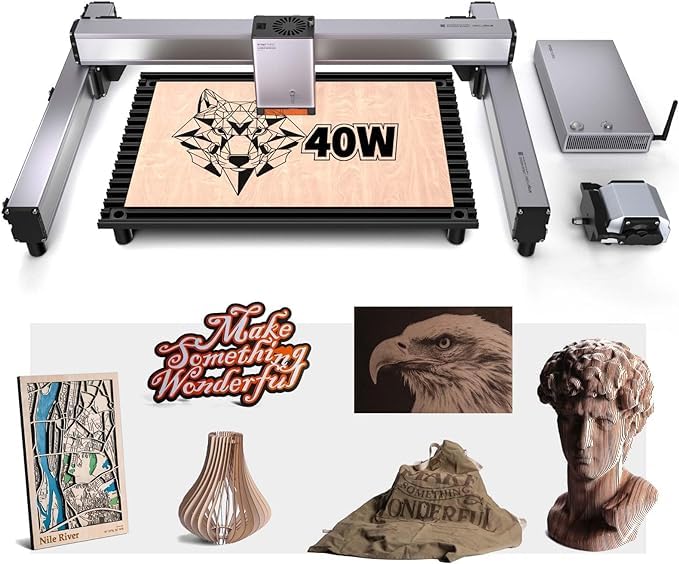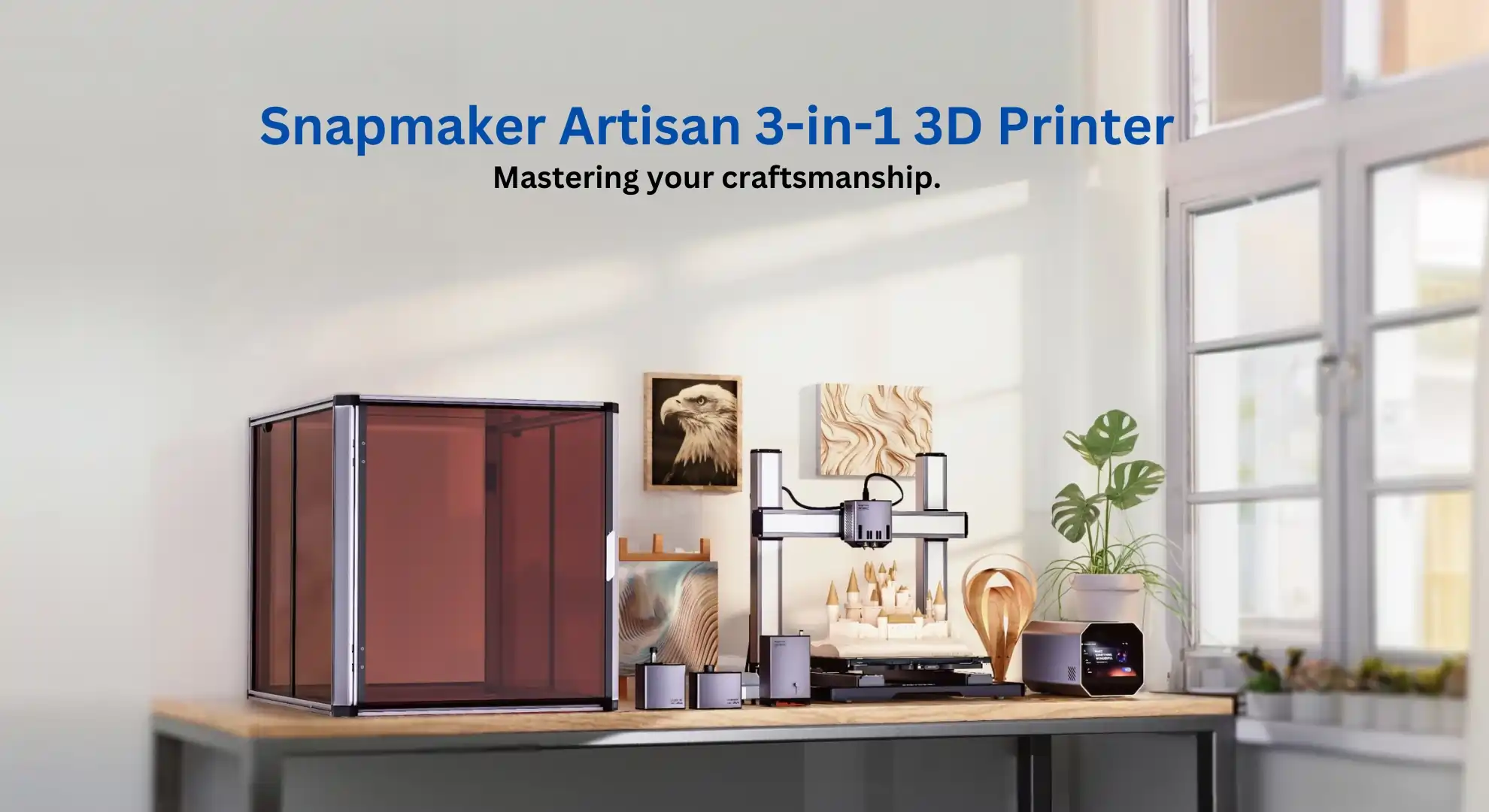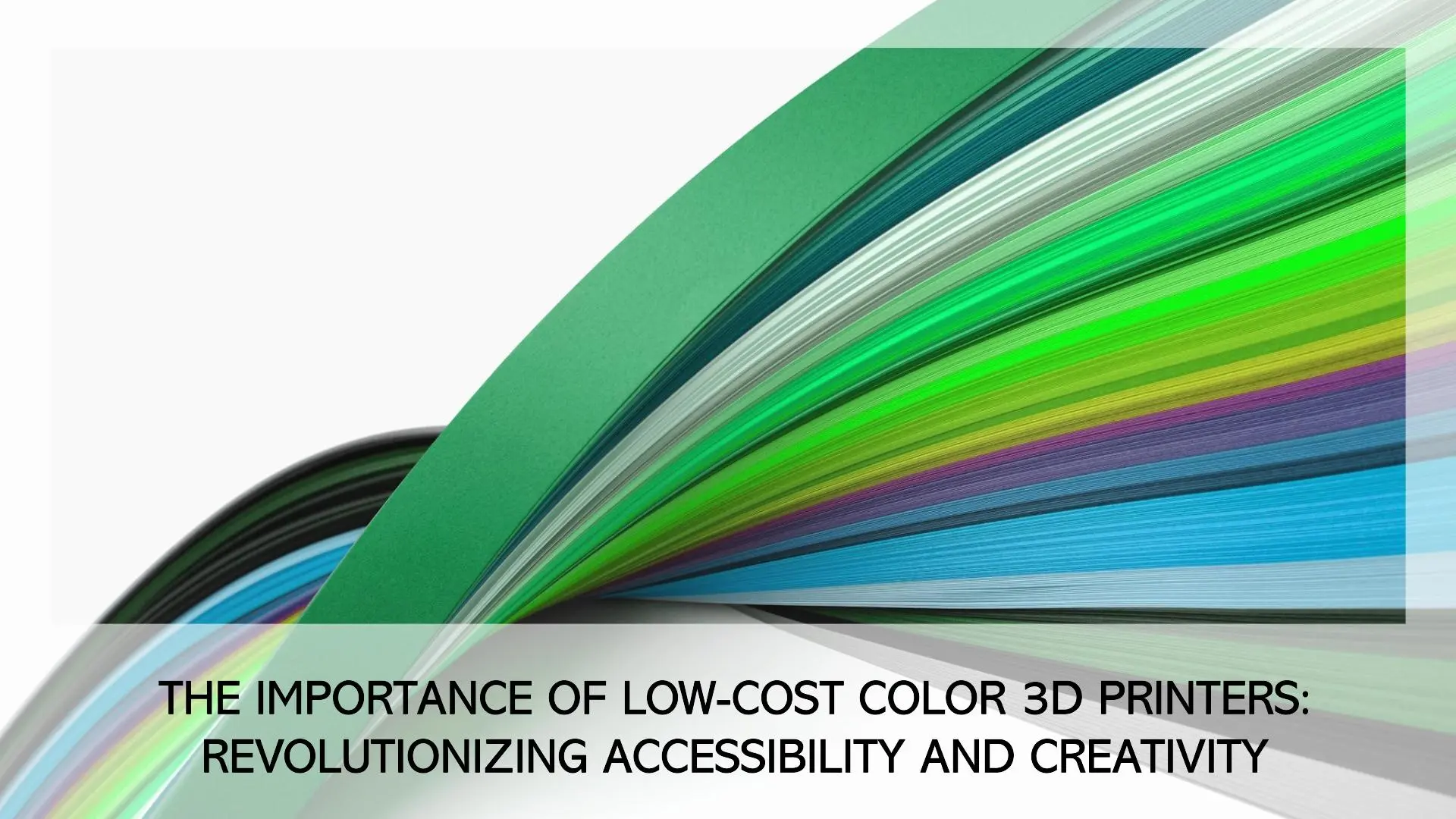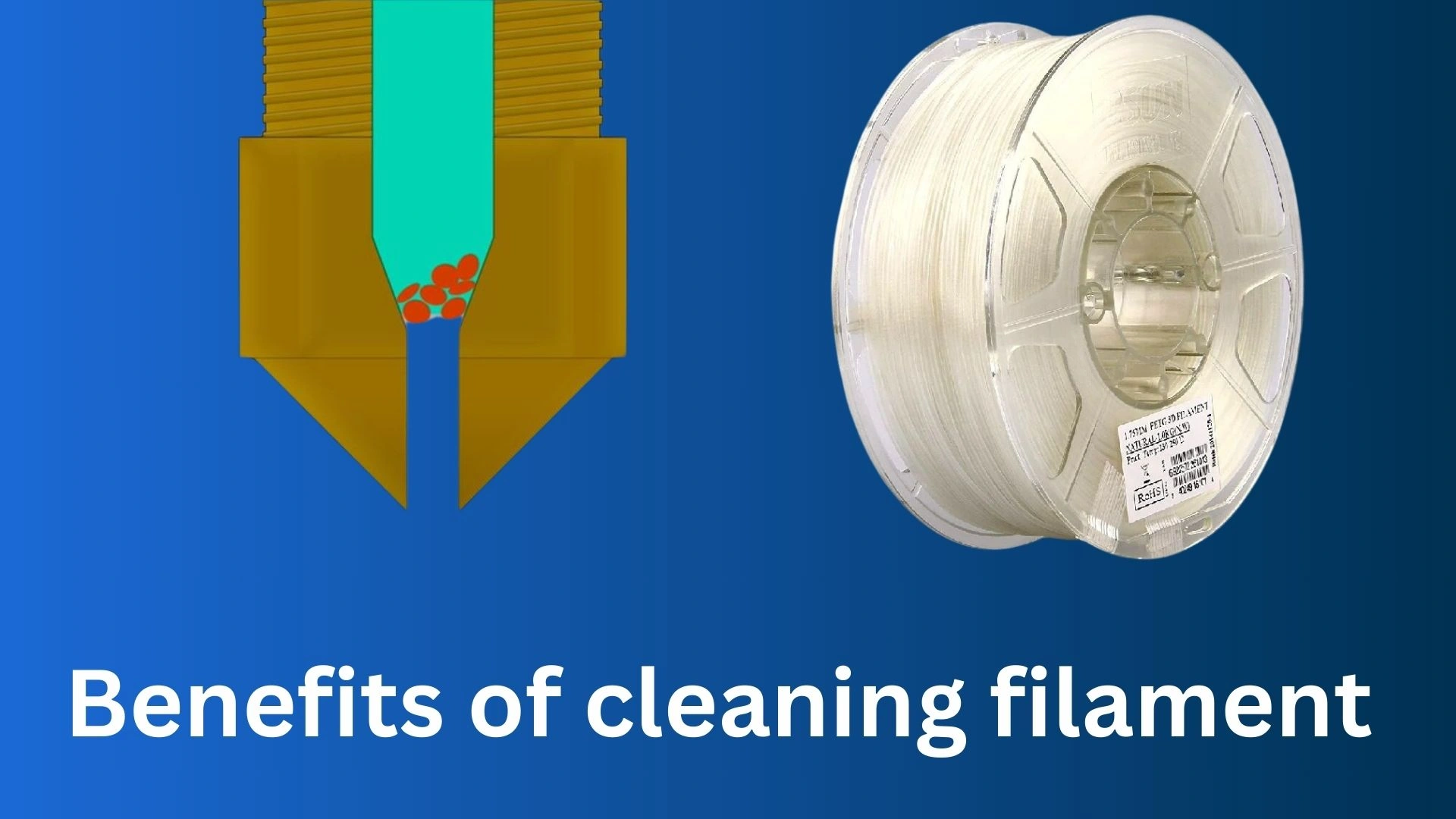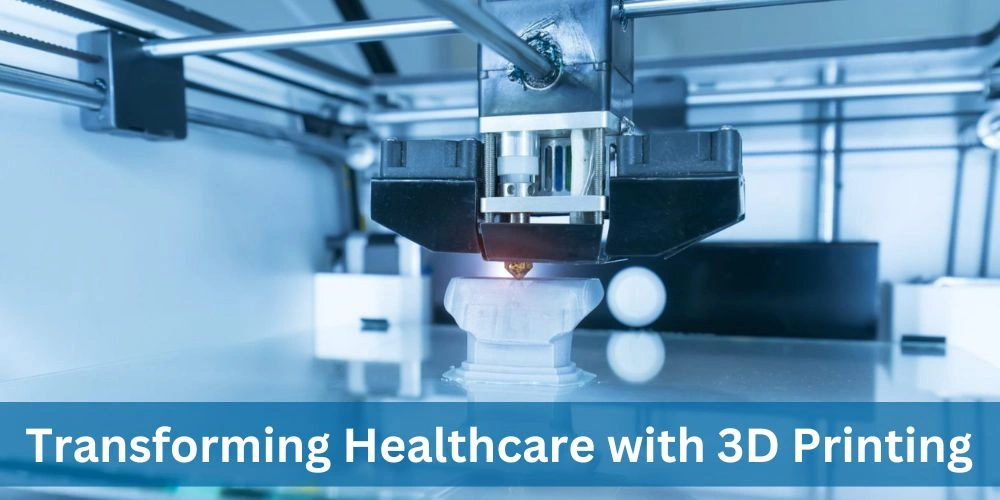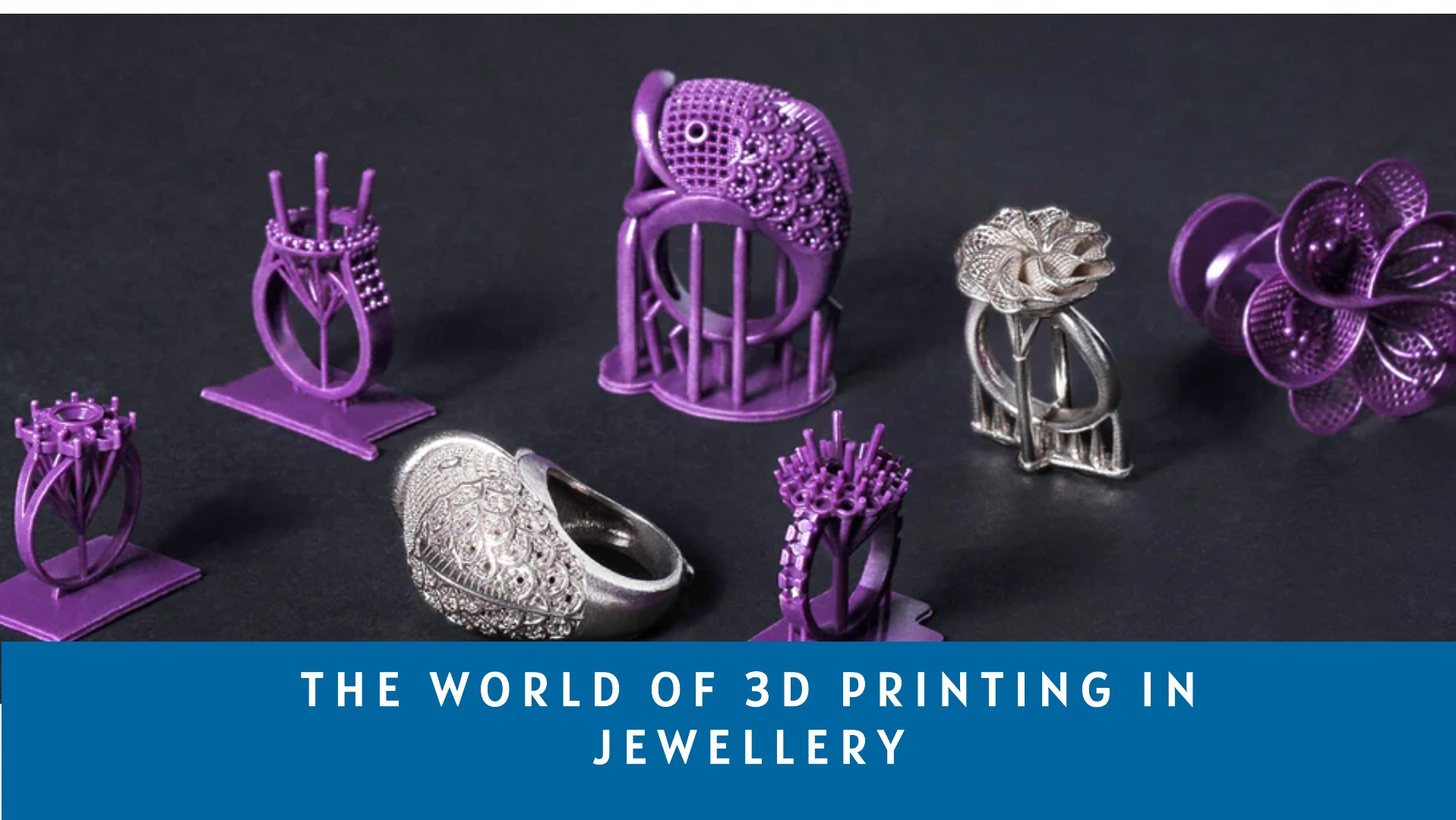In the world of creativity and innovation, having the right tools at your fingertips can make all the difference. Whether you're a professional engineer, an artist, a hobbyist, or a DIY enthusiast, the Snapmaker Artisan 3-in-1 3D Printer is here to revolutionize the way you work. This versatile machine combines three powerful tools into one sleek, modular design, offering unparalleled convenience and functionality. Let’s dive into why the Snapmaker Artisan is the ultimate 3-in-1 solution for all your creative and professional needs.One Machine, Endless Possibilities The Snapmaker Artisan 3-in-1 3D Printer is not just a 3D printer—it’s a complete workshop in one compact device. With its innovative modular design and one-minute quick-swap functionality, it seamlessly integrates three essential tasks: 3D Printing: Bring your ideas to life with high-precision 3D printing. Whether you're prototyping a new product or creating intricate models, the Artisan delivers exceptional detail and reliability. Laser Engraving and Cutting: From personalized gifts to intricate designs, the laser module allows you to engrave and cut materials like wood, leather, and acrylic with ease. CNC Carving and Cutting: Perfect for crafting detailed designs on harder materials like wood, metal, and plastic, the CNC module opens up a world of possibilities for makers and professionals alike. Multifunction Mode- Using Three Different Functional Modules for A Complex ProjectThis 3-in-1 functionality means you no longer need multiple machines cluttering your workspace. The Snapmaker Artisan 3-in-1 3D Printer does it all, saving you time, space, and money.One Machine for Every PassionThe Snapmaker Artisan 3-in-1 3D Printer is designed to cater to a wide range of interests and skill levels. No matter what your passion is, this machine has something to offer: Prototyping & Engineering: Engineers and product designers can use the Artisan to quickly prototype ideas, test concepts, and refine designs with precision. Art & Design: Artists and designers can explore new mediums, create intricate patterns, and produce stunning works of art with the laser and CNC modules. Hobby & Craft: For hobbyists, the Artisan is a dream come true. Whether you're into model building, jewelry making, or custom crafts, this machine empowers you to bring your imagination to life. DIY Projects: DIY enthusiasts can tackle a variety of projects, from home decor to custom furniture, with the versatility of the Artisan’s three functions.Why Choose Snapmaker Artisan? Modular and User-Friendly: The quick-swap design allows you to switch between functions in just one minute, making it easy to transition between tasks without hassle. High Precision and Performance: With advanced technology and robust construction, the Artisan delivers professional-grade results every time. Space-Saving Design: Instead of investing in multiple machines, the Artisan consolidates your workspace while offering the same capabilities. Perfect for All Skill Levels: Whether you're a beginner or an experienced maker, the Artisan’s intuitive interface and comprehensive support make it easy to get started.Unlock Your Creativity TodayThe Snapmaker Artisan 3-in-1 3D Printer is more than just a tool—it’s a gateway to endless creativity and innovation. By combining 3D printing, laser engraving, and CNC carving into one machine, it empowers you to explore new possibilities and bring your ideas to life like never before.Ready to take your projects to the next level? Discover the Snapmaker Artisan 3-in-1 3D Printer today and experience the ultimate 3-in-1 solution for all your creative and professional needs.https://www.3idea.in/3d-printers-1970/snapmaker-artisan-3-in-1-3d-printer Whether you're a professional looking to streamline your workflow or a hobbyist eager to explore new creative horizons, the Snapmaker Artisan 3-in-1 3D Printer is the perfect companion for every maker. Don’t miss out on the opportunity to own a machine that truly does it all!
3D PRINTERS FDM | SLA | DLP | LCD STARTING FROM 14,949
Shop By Brand
Fast Shipping
7 Days Return Policy
Best Deals
Safe Transactions
Fast Shipping
7 Days Return Policy
Best Deals
Safe Transactions
Fast Shipping
7 Days Return Policy
Best Deals
Safe Transactions
Fast Shipping
7 Days Return Policy
Best Deals
Safe Transactions
Fast Shipping
7 Days Return Policy
Best Deals
Safe Transactions
Fast Shipping
7 Days Return Policy
Best Deals
Safe Transactions
Fast Shipping
7 Days Return Policy
Best Deals
Safe Transactions
Best Selling Products
₹55499.00 MRP : ₹ 80998.00
₹34999.00 MRP : ₹ 65998.00
₹14999.00 MRP : ₹ 23245.00
₹789.00 MRP : ₹ 1249.00
₹293999.00 MRP : ₹ 470998.00


New Arrivals
₹119899.00 MRP : ₹192004.00
₹789.00 MRP : ₹1498.00
₹61450.00 MRP : ₹92299.00
₹26998.00 MRP : ₹47548.00
₹38099.00 MRP : ₹61977.00
Hot Deals
₹34798.00 MRP : ₹ 48369.00
₹69999.00 MRP : ₹ 127708.00
₹293999.00 MRP : ₹ 470998.00
₹27599.00 MRP : ₹ 40250.00
₹136381.00 MRP : ₹ 228373.00
Next Generation Trends
Discover expert advice, style inspiration, and product updates on our blog.
In recent years, 3D printing has evolved from a niche technology to a mainstream tool used by hobbyists, educators, and professionals alike. One of the most exciting advancements in this space is the introduction of low-cost color 3D printers, which are making high-quality, multicolored prints more accessible than ever before. Whether you're a beginner or a seasoned 3D printing enthusiast, the importance of these affordable color 3D printers cannot be overstated. They are democratizing innovation, creativity, and learning across industries.Why Low-Cost Color 3D Printers MatterThe demand for affordable color 3D printers is growing as more people recognize the value they bring to various fields. Here are a few key reasons why these machines are making a significant impact:1. Affordability and AccessibilityTraditional color 3D printers can be prohibitively expensive, especially for small businesses, schools, and individual creators. Low-cost options remove this barrier, allowing more people to access the technology. By keeping prices down, these printers ensure that creativity and innovation are not limited to large corporations or elite institutions.2. Enhanced Creative PotentialColor 3D printers open up new creative avenues. Whether it’s for product prototyping, model making, or educational purposes, the ability to print in color allows for more realistic and visually appealing designs. This is especially valuable for fields like architecture, engineering, and fashion, where color accuracy and design aesthetics are crucial.3. Educational ApplicationsAffordable color 3D printers are revolutionizing education by enabling students to bring their projects to life in vivid detail. From creating anatomical models in biology to printing ancient artifacts for history lessons, students can gain hands-on experience that enhances learning. Additionally, educators can use 3D printing to teach complex concepts in an interactive and engaging way.Key Features to Look for in a Low-Cost Color 3D PrinterWhen considering a low-cost color 3D printer, it’s essential to evaluate the following features: Print Speed: Faster printers can produce more objects in a shorter time, which is critical for high-output environments. Filament Compatibility: Ensure the printer supports a variety of materials like PLA, ABS, and PETG to offer flexibility for different projects. Multi-Color Capabilities: Some low-cost models can print multiple colors in a single pass, either through dual-extrusion systems or specialized filaments. Top Industries Benefiting from Low-Cost Color 3D Printers1. Product Design and PrototypingAffordable color 3D printers allow small businesses and independent designers to create detailed, colored prototypes without breaking the bank. This speeds up the product development process and allows for more experimentation before moving into production.2. Healthcare and Medical ResearchIn healthcare, 3D printing is being used for everything from prosthetics to custom medical devices. Color printing enables more accurate modeling, particularly for educational purposes and patient-specific models that improve both diagnosis and treatment planning.3. Education and STEM LearningAs mentioned, low-cost color 3D printers are becoming essential in classrooms, where students can design and print their projects, engaging with the STEM (Science, Technology, Engineering, Math) curriculum in a hands-on manner.Conclusion: The Future of 3D Printing is Bright (and Colorful)Low-cost color 3D printers are transforming the way we approach design, education, and manufacturing. By making this powerful technology more accessible, they are fueling creativity and innovation across multiple industries. As 3D printing continues to evolve, expect to see even more affordable options with advanced features that make multicolor printing the norm.Printed with one of the latest Color 3D Printer: - Anycubic Kobra 3 ComboIf you're looking for a powerful, affordable color 3D printer with advanced features, the Anycubic Kobra 3 Combo is a game-changer. This 3D printer supports multi-color 3D printing, offers speeds up to 600mm/s, and is compatible with a wide range of filaments like PLA, PETG, and TPU. Whether you're a hobbyist or a professional, the Kobra 3 Combo is designed to bring your creative ideas to life with unmatched precision.To Know More - https://www.3idea.in/3d-printers-2745/anycubic-kobra-3-combo-3d-printer
Cleaning filament is a specialized type of filament used in 3D printing to clean and maintain the printer's nozzle. It is designed to help clear out residual materials and debris from previous prints, ensuring smooth and reliable extrusion for new prints. Here’s a comprehensive overview of cleaning filament:Purpose: Remove Residual Material: Helps push out old filament residues from the nozzle to prevent clogs and maintain print quality. Prevent Clogs: Regular use clears debris and build-up that can obstruct filament flow. Prepare for New Filaments: Ensures the nozzle is clean when switching between filament types or colours, reducing contamination and ensuring proper extrusion. Key Features: Abrasive Properties: Contains elements or textures to dislodge and push out leftover filament. Temperature Range: Operates within melting temperatures of common filaments, typically 180°C to 250°C. Flexibility: More flexible than standard filaments to better conform to the nozzle and remove residues. How to Use Cleaning Filament: Preheat the Nozzle: Set to the recommended temperature for the cleaning filament. Insert and Extrude: Load the filament into the extruder and start extrusion to push out old material. Monitor the Process: Continue until clean, consistent output is observed. Repeat if Necessary: For stubborn residues, repeat the process. Cool Down: Allow the nozzle to cool before starting a new print or changing filament. When to Use: Routine Maintenance: Periodically to keep the nozzle in good condition. Before Changing Filaments: To avoid contamination between different filament types or colours. During Print Issues: If experiencing extrusion problems or clogs. Post-Long Prints: After extensive print jobs that may leave significant residue.
The healthcare industry is undergoing a remarkable transformation, thanks to the revolutionary advancements in 3D printing technology. Instead of using regular molds, doctors can now use 3D printers to make special parts for people, like fake arms and legs that move (prosthetics). This is making a big difference in people's lives. Scientists are also looking into using 3D printing to one day make replacement organs for people who need them. Imagine a world where customized medical implants, prosthetics, and even human tissues can be created with precision and speed. This is the promise of 3D printing in healthcare. This article will explore how this technology is revolutionizing the healthcare industry and changing lives for the better.How 3D printing is changing Healthcare?Personalized Prosthetics: One of the most significant advancements in 3D printing is the ability to create personalized prosthetic limbs. Traditional prosthetics are often expensive and may not fit perfectly, leading to discomfort. With 3D printing, prosthetics can be customized to fit the individual perfectly, improving comfort and functionality.Medical Models: Surgeons can now use 3D-printed models of a patients anatomy to plan complex surgeries. These models provide a detailed and accurate representation of the patients anatomy, allowing surgeons to practice and refine their techniques before the actual surgery, leading to better outcomes.Organ Printing: Perhaps the most groundbreaking application of 3D printing in healthcare is the ability to print organs. While this technology is still in its early stages, researchers have successfully printed tissues and small organs such as kidneys and livers. This has the potential to revolutionize organ transplantation, reducing the wait times for patients in need of a transplant.Dental Applications: 3D printing is also making waves in the field of dentistry. Dentists can now create custom-made dental implants, crowns, and bridges with 3D printing technology, improving the accuracy and fit of these devices.Why It MattersEndless Opportunities: The technology is opening doors to customizable healthcare solutions, making treatments and recovery processes faster and more efficient.Personalized Treatment: Each patient can receive care that's specifically designed for their body and health needs.3D printing is making waves in the medical field, offering innovative solutions and bringing a new era of personalized healthcare.The Reality of 3D Printing in HealthcareThe application of 3D printing technology within the healthcare industry has garnered significant interest due to its potential to revolutionize medical care. However, it's crucial to maintain a balanced perspective on its current capabilities.While 3D printing offers exciting possibilities for creating personalized medical devices and prosthetics, there are ongoing challenges that require further development.Here's a closer look at the current state of 3D printing in healthcare:Benefits and Current Applications:Customization: 3D printing excels at creating patient-specific solutions. Medical scans can be used to design and print prosthetics that perfectly fit a patients unique anatomy, leading to improved comfort, functionality, and faster recovery times.Rapid Prototyping: 3D printing allows for the rapid creation of prototypes for medical devices and surgical tools, facilitating faster development cycles and improved design iteration.Anatomical Models: 3D printed models of bones, organs, and other anatomical structures can be invaluable for surgeons in pre-surgical planning, leading to potentially improved surgical outcomes.The impact of 3D printing on the healthcare industry cannot be overstated. From personalized prosthetics to organ printing, this technology is revolutionizing the way healthcare is delivered. As 3D printing continues to advance, we can expect even more groundbreaking innovations in the field of healthcare.FAQs:Q: How accurate are 3D-printed medical models?A: 3D-printed medical models are highly accurate and provide surgeons with a realistic representation of the patients anatomy.Q: Is 3D printing safe for medical applications?A: Yes, 3D printing is considered safe for medical applications when used appropriately and with the right materials.
Welcome to the amazing world of 3D printing in jewelry! Technology has changed the way beautiful jewelry is made. 3D printing lets designers create incredibly detailed and unique pieces in a whole new way. It's a mix of old-fashioned skill and new technology, allowing designers to make custom designs and be more eco-friendly. The blog discusses the impact of 3D printing on the jewelry industry, highlighting its influence on design, customization, materials, sustainability, and more. Let's find out how 3D printing is changing jewelry-making and why it's exciting for everyone involved.What makes 3D printing unique in jewelry?3D printing revolutionizes the jewelry-making process in several unique ways, making it stand out from traditional methods:1. Customization: It allows for a high level of customization, enabling designers to create complicated, unique designs that were previously difficult or impossible to achieve through traditional methods. This opens up a world of possibilities for personalized and one-of-a-kind pieces.2. Complex geometries: The technology enables the creation of jewelry with highly complex geometries and intricate details that would be extremely challenging or even impossible to produce using traditional techniques. This offers designers the ability to push the boundaries of creativity and craftsmanship.3. Reduced material waste: Unlike traditional jewelry-making processes that often result in significant material wastage, 3D printing can be more resource-efficient, as it allows for precise material usage, reducing waste and supporting sustainability efforts in the industry.4. Faster prototyping: 3D printing streamlines the prototyping process, allowing designers to quickly iterate and test new designs without the need for extensive manual labor, thus accelerating the product development cycle.5. Accessible production: With 3D printing, jewelry-making becomes more accessible to a broader range of designers and artisans, as the technology reduces the barriers to entry, particularly for those looking to create small-batch or custom pieces.Unleashing Creative Freedom:3D printing gives jewelry designers more freedom to be creative. Unlike traditional methods with certain limitations, it allows designers to imagine and create more complex shapes and intricate details. With the help of computer software, designers can easily bring their ideas to reality. This technology empowers them to go beyond the usual and create jewelry designs that were previously impossible to make using traditional methods. Customization and Personalization:With 3D printing, jewelry can be customized to match each person's style. This means customers can get involved in the design process and ask for exactly what they want, like the size, shape, and placement of gemstones. They can even add personal touches to make the piece truly unique. This way, every jewelry item becomes one-of-a-kind, making it extra special for the person wearing it. Can customers provide design specifics?Yes, customers can actively participate in the design process regarding 3D-printed jewelry. They have the opportunity to provide specific design requirements such as size, shape, gemstone placement, and material preferences, and even incorporate personal elements into their custom piece. This level of customer involvement ensures that each jewelry item is tailored to their unique preferences, making it truly one-of-a-kind and meaningful to the wearer. Can they choose materials?Yes, customers can indeed choose the material for their 3D-printed jewelry. With a wide range of materials available for 3D printing, such as various metals, resins, and even specialty materials like precious metals, customers have the flexibility to select the material that best suits their preferences and requirements. This freedom to choose the material adds another layer of personalization to the jewelry, allowing customers to create pieces that are not only visually stunning but also align with their preferences for durability, aesthetics, and value. Rapid Prototyping and Iterative Design:Making jewelry samples used to be slow and expensive. Now, 3D printing lets designers create quick and exact models. This helps them see how the jewelry looks, make changes, and get it perfect before making a bunch. It saves time, money, and ends with happier customers!How does 3d printing in jewelry production contribute to customer satisfaction? 3D printing in jewelry production contributes to customer satisfaction in several significant ways:1. Customization and Personalization: It enables customers to actively participate in the design process, allowing them to provide specific design requirements and incorporate personal elements into their jewelry pieces. This level of customization ensures that each piece is tailored to the individual's unique preferences, leading to higher customer satisfaction through personalized jewelry. 2. Design Flexibility: With this technology, jewelry designers can create intricate and unique designs that were once unattainable through traditional methods. The ability to produce a diverse range of designs that cater to different tastes and styles increases customer satisfaction by offering a wider selection of options to choose from. 3. Quality Assurance: The iterative design process facilitated by it ensures that jewelry pieces undergo thorough refinement and testing before production, resulting in high-quality, well-crafted items that meet or exceed customer expectations. This commitment to quality contributes to customer satisfaction and trust in the brand. 4. Visual Representation: Through this technology, designers can create precise physical prototypes that provide customers with a realistic representation of the final jewelry piece. This visual representation helps customers make more informed purchasing decisions and fosters confidence in the product they are ordering. 5. Reduced Lead Times: The rapid prototyping capabilities shorten the design and production timeline, allowing customers to receive their customized or personalized jewelry in a more timely manner. This efficiency contributes to customer satisfaction by delivering products within shorter lead times.Material Variety and Innovation:3D printing provides a wide range of materials for making jewelry. In jewelry production, a wide variety of materials can be utilized to create unique and innovative pieces. Some of the common types of materials used include:1. Precious Metals: Gold Silver Platinum 2. Non-Precious Metals: Brass Bronze 3. Resin:Resin materials offer a range of colors and finishes, suitable for intricate designs and detailed pieces.4. Ceramics:Ceramic materials provide a unique look and feel, allowing for the creation of delicate and refined jewelry pieces.5. Composite Materials:Composite materials combine elements to achieve specific properties, enabling designers to experiment with textures and structures.6. Specialty Metals:Materials like titanium or stainless steel can also be used to create modern and durable jewelry pieces.Sustainable and Environmentally Friendly:Jewelry-making can be wasteful! Lots of leftover materials get thrown away. But 3D printing is like a special kind of printer that builds jewelry piece by tiny piece, wasting less material. This cool tech helps make pretty jewelry in a way that's better for the environment!Can you explain layer by layer?Layer-by-layer is a fundamental concept in 3D printing that refers to the systematic process of building an object one thin layer at a time. Here's a detailed explanation of how layer-by-layer printing works in 3D printing:1. Digital Design: The process begins with a digital 3D model of the object that needs to be printed. This design serves as a blueprint for the printer to follow during the printing process.2. Slicing: The 3D model is sliced into numerous horizontal layers by specialized software. Each layer is like a slice showing a different part of the finished object. 3. Printing Process: The 3D printer begins by making the first layer of the object right on the build platform. It does this by depositing or curing the printing material (such as plastic, resin, or metal) in a specific pattern based on the sliced design.4. Layer Bonding: Once the initial layer is completed, the printer moves on to the next layer, building on top of the previous one. The material in each layer fuses or adheres to the layer below it, creating a strong bond between the successive layers.5. Repetition: The printer repeats the process of depositing and solidifying material layer by layer, following the precise instructions from the sliced design. This step-by-step process keeps going until the whole object is finished.6. Complex Structures: Layer-by-layer printing allows for the creation of complex geometries and intricate designs that would be challenging or impossible to achieve with traditional manufacturing methods. Each layer contributes to the overall structure of the object, leading to the gradual formation of the final three-dimensional shape.Can small jewelers afford 3D printers?Yes, small jewelers can afford 3D printers due to the decreasing costs and increasing accessibility of this technology. Entry-level desktop 3D printers are now more affordable, making them within the reach of small-scale businesses. Additionally, some companies offer leasing or financing options, further easing the financial burden of acquiring a 3D printer. The cost of 3D printers continues to decrease as the technology advances, making it increasingly feasible for small jewelers to invest in this transformative manufacturing tool. Quality and Artisanship:3D printing lets designers create amazing and custom jewelry, but it doesn't replace the skills of a jeweler. Many use both techniques! They might 3D print a base, then hand-finish it, set stones perfectly, and polish it for a dazzling final piece. This keeps the best of both worlds: cool designs and top-notch craftsmanship. In summary, the use of 3D printing in jewelry has brought together innovation, accessibility, and traditional craftsmanship. This technology has expanded design possibilities and made jewelry-making more open to everyone. As 3D printing continues to inspire creativity and reshape the jewelry industry, we see a bright future where modern technology and timeless artistry come together. This marks an important moment in the industry's history, where the past and the present join forces, offering endless potential and creativity in the world of jewelry.




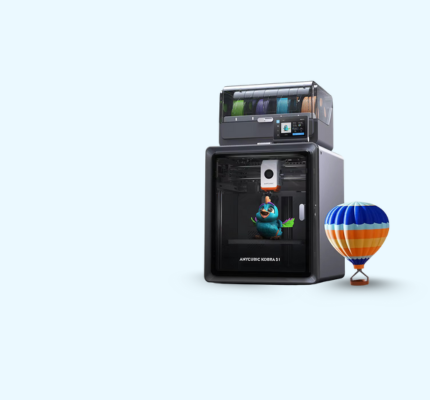
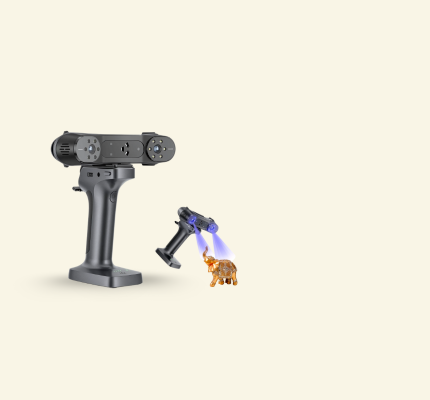
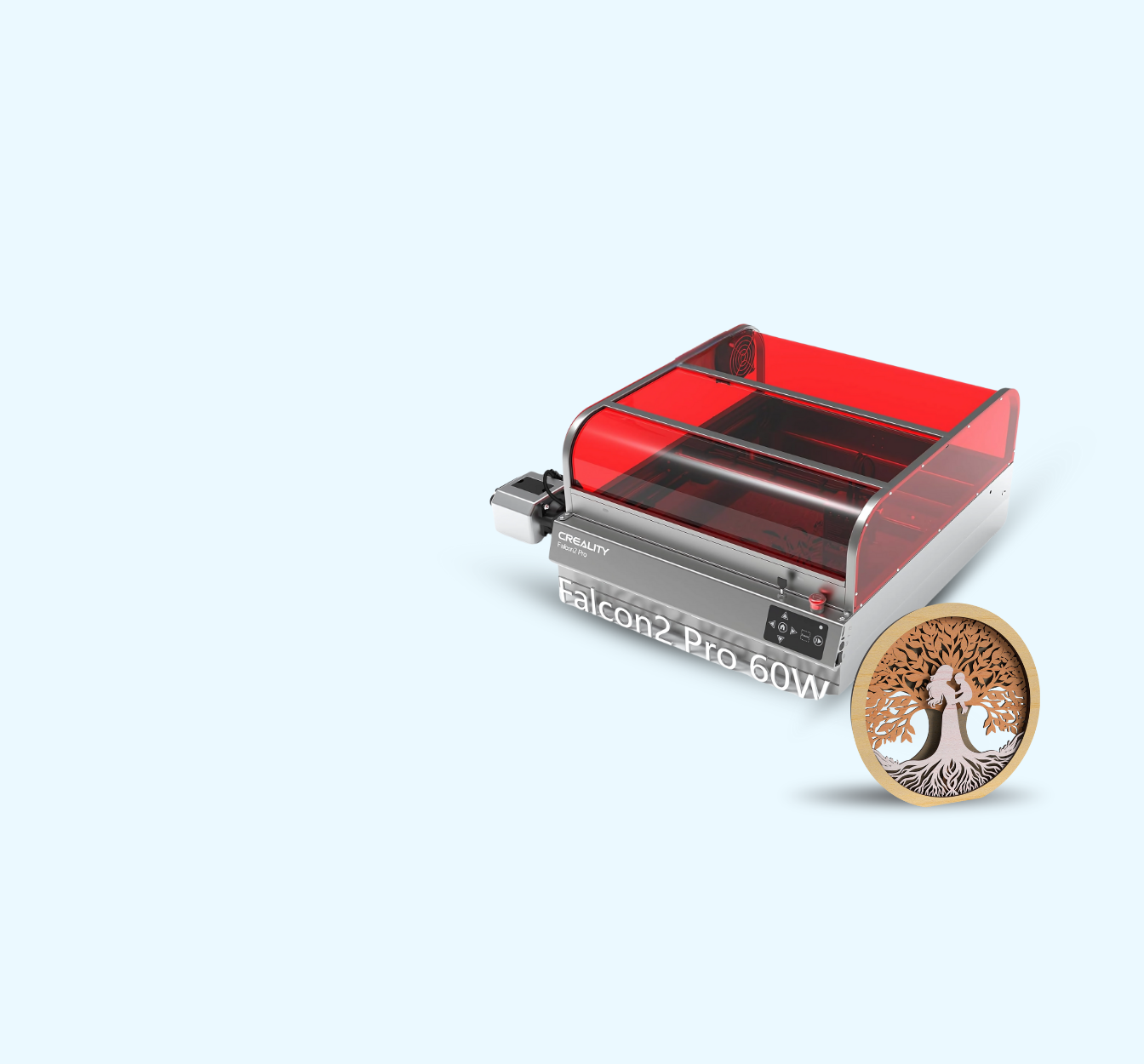
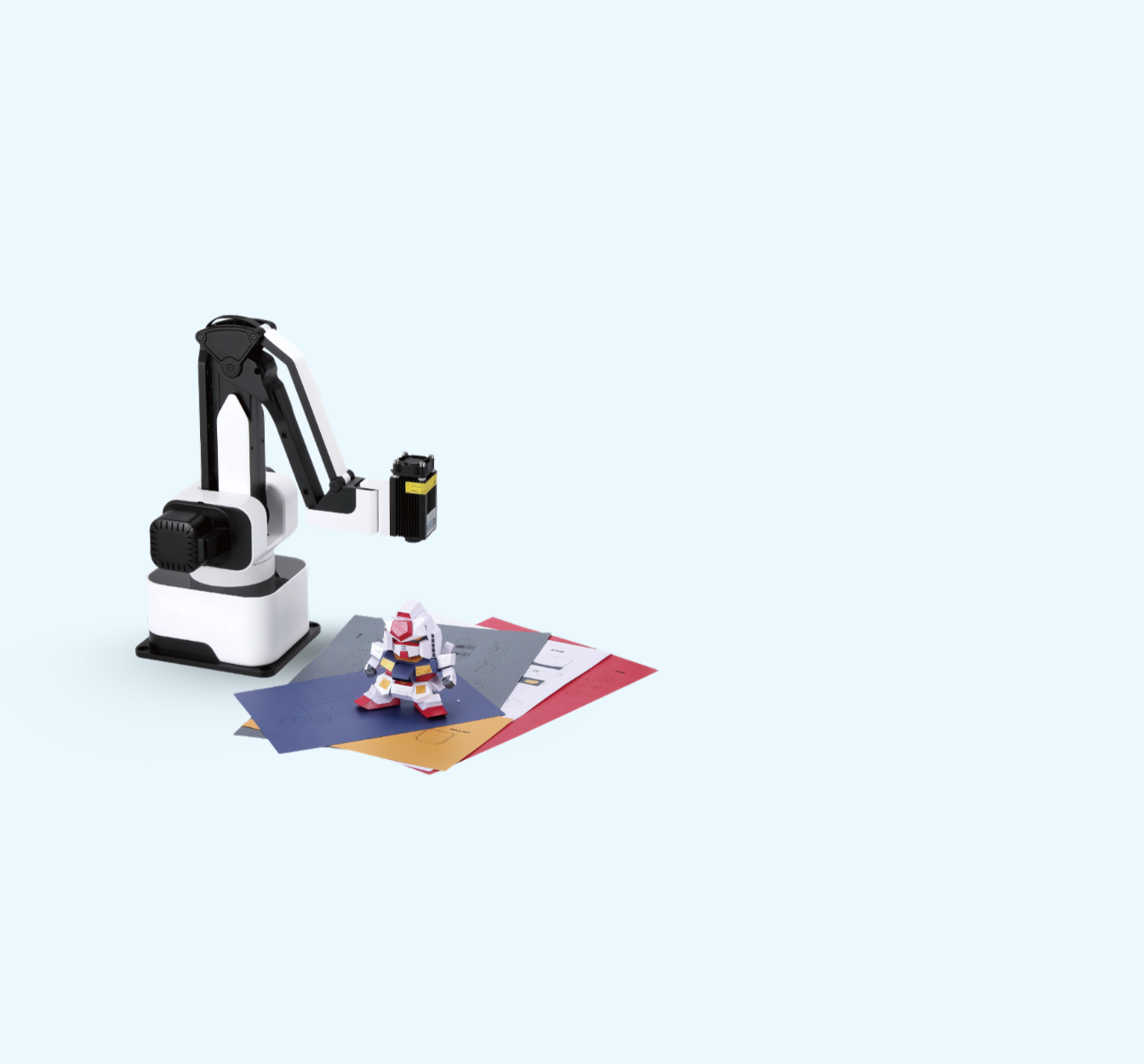
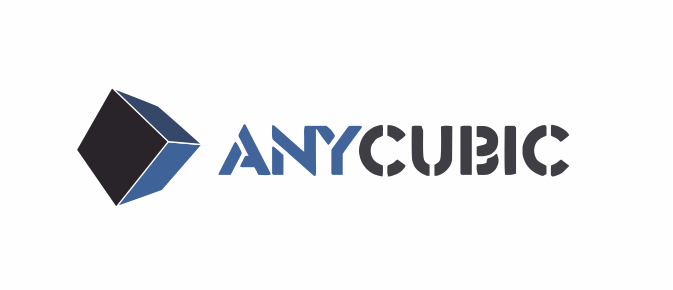
 (1).jpg)


.png)




.png)

.jpeg)





